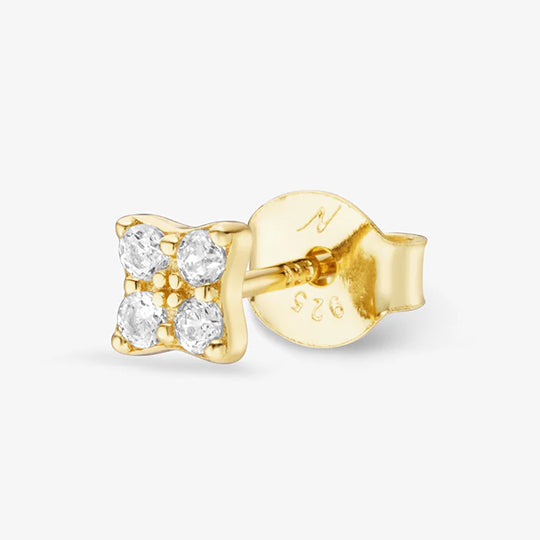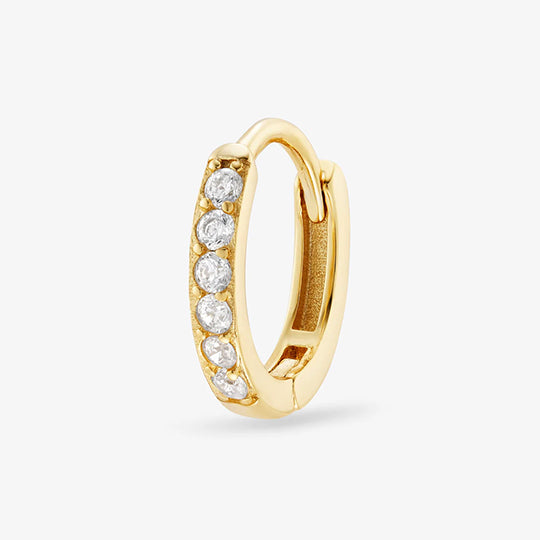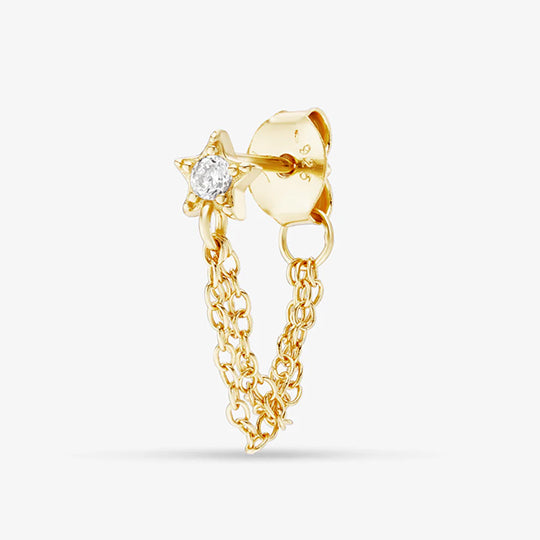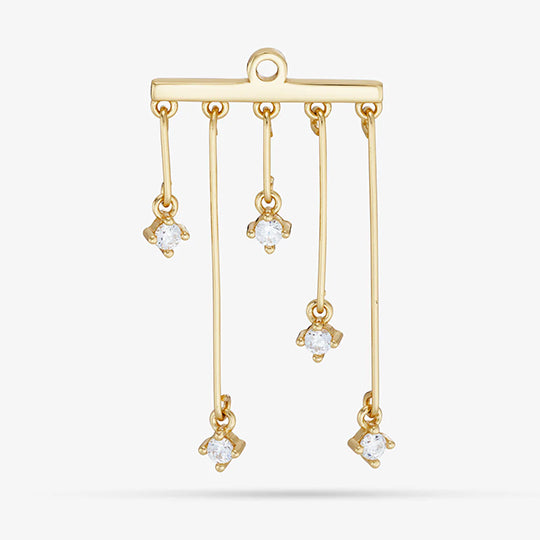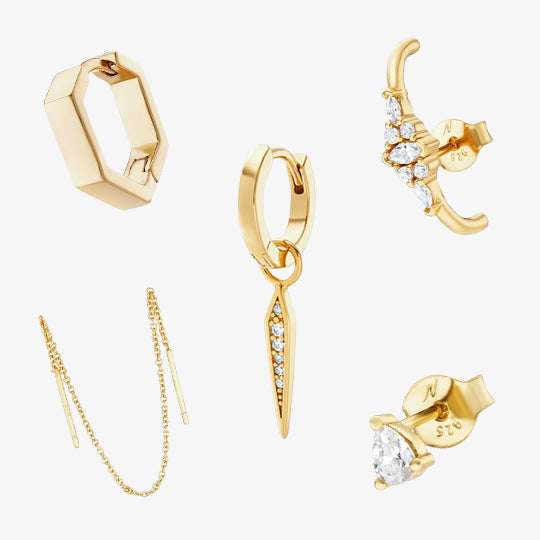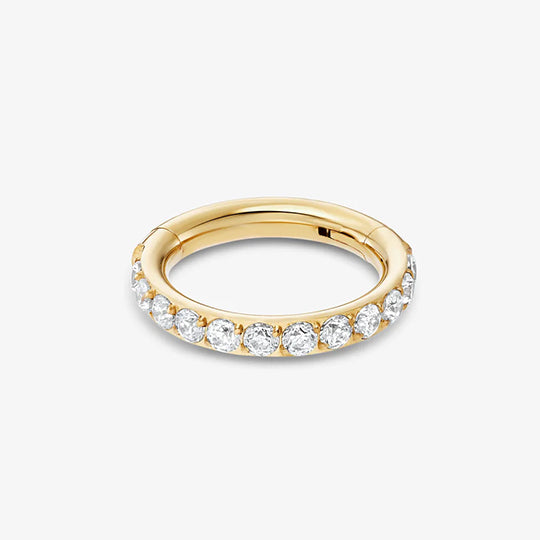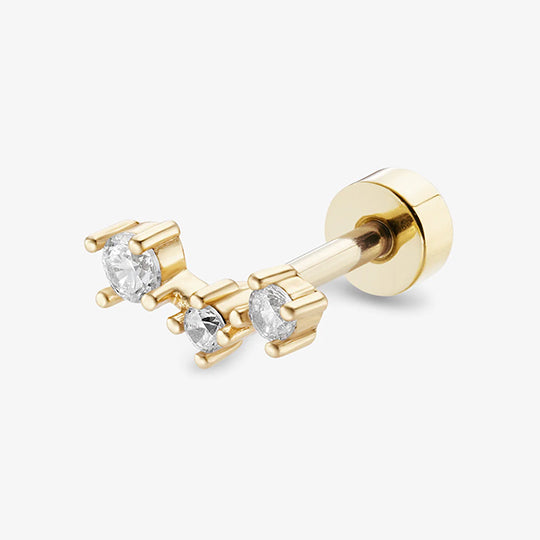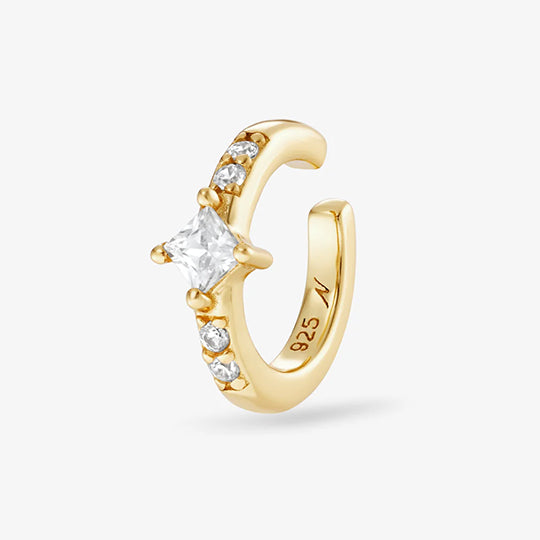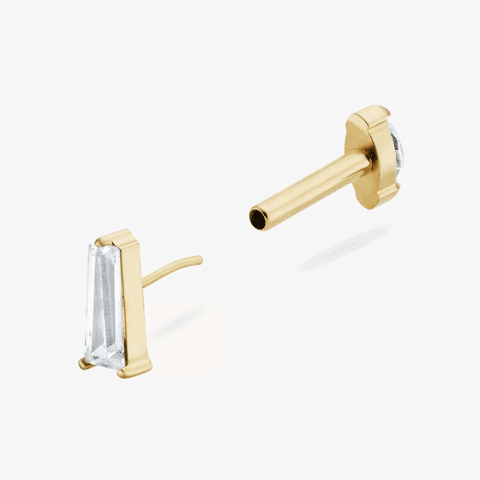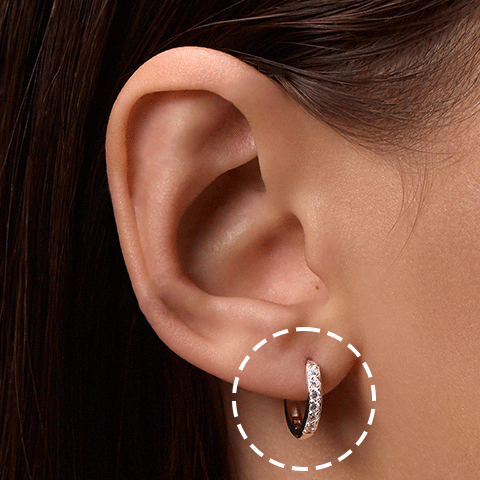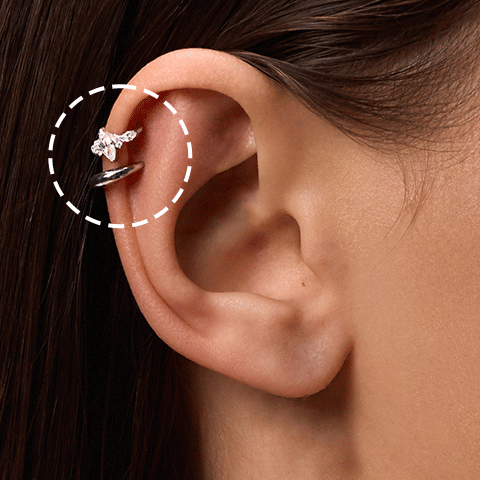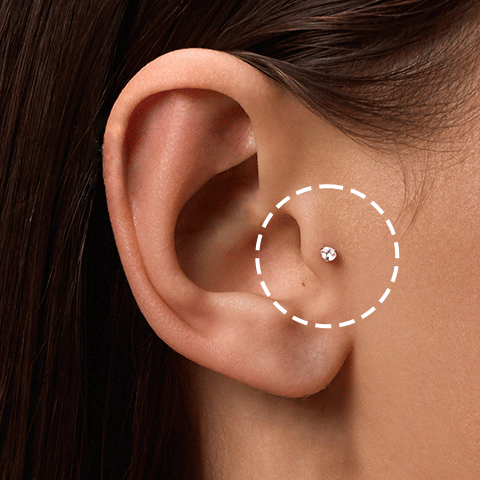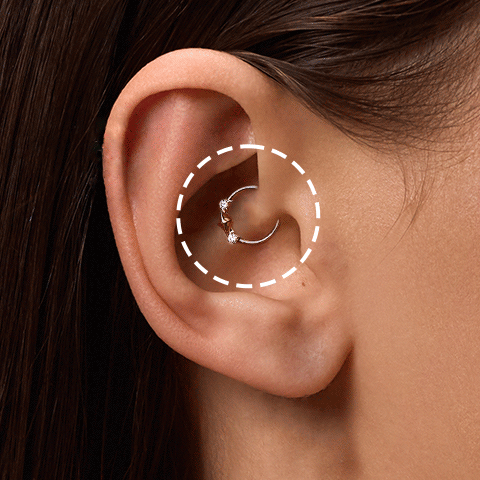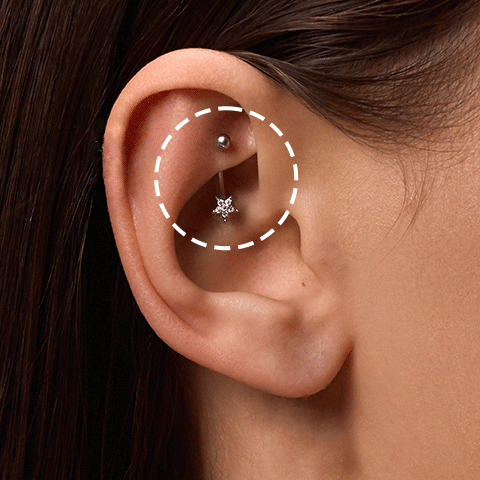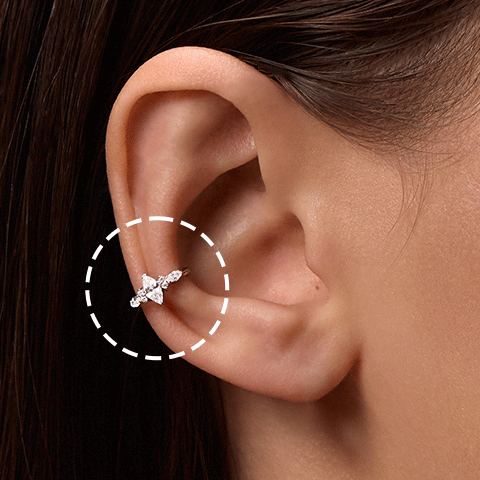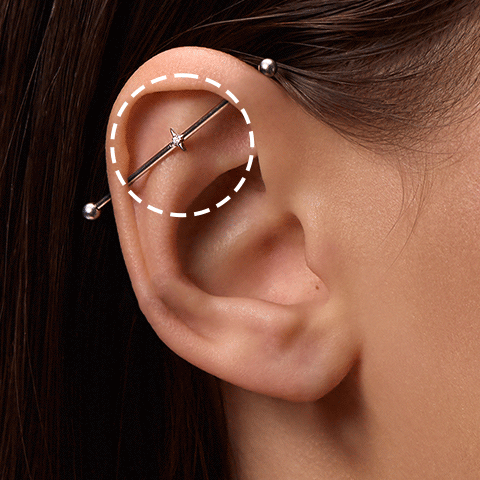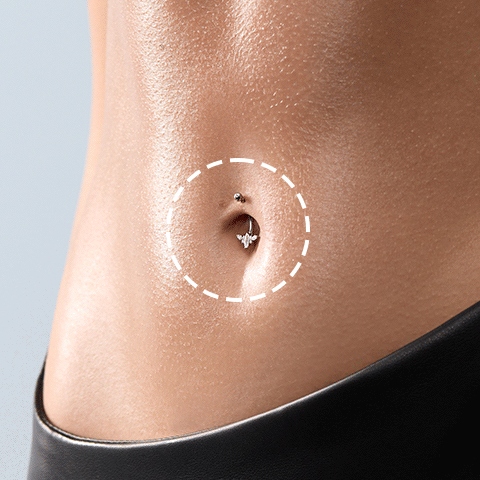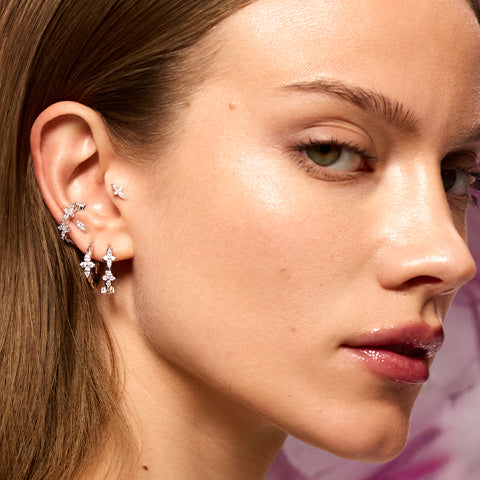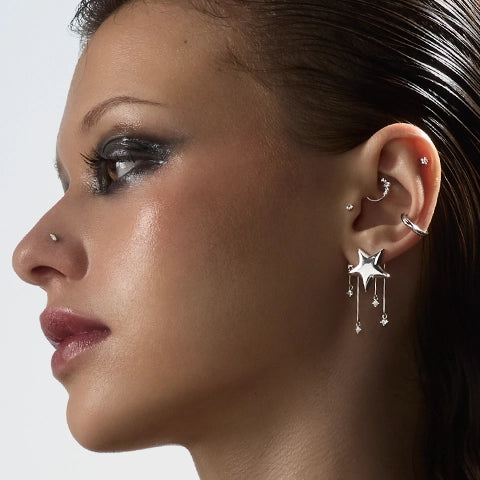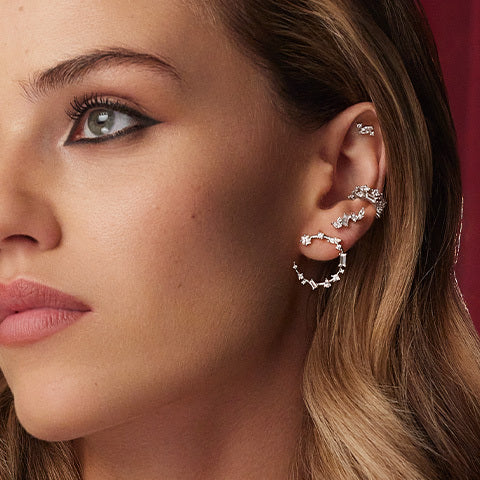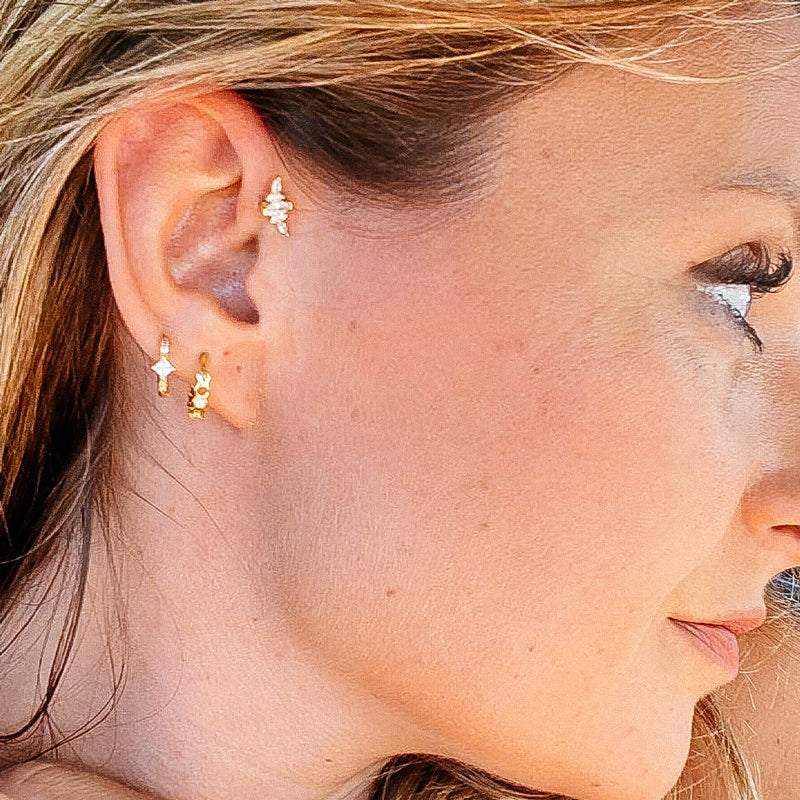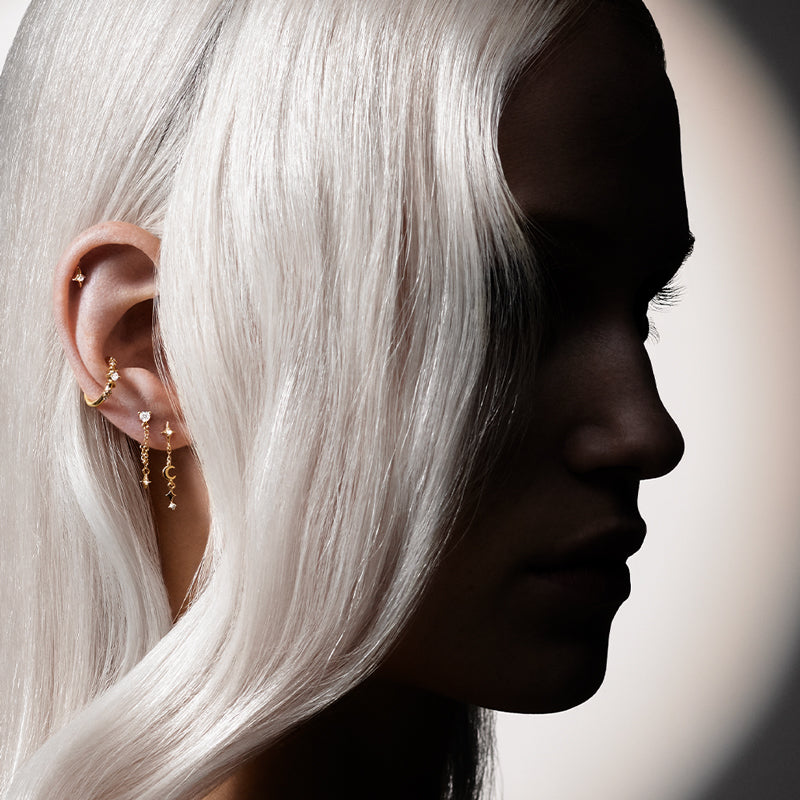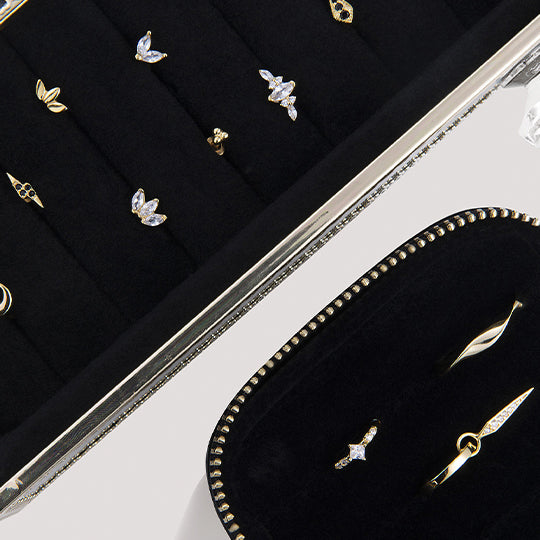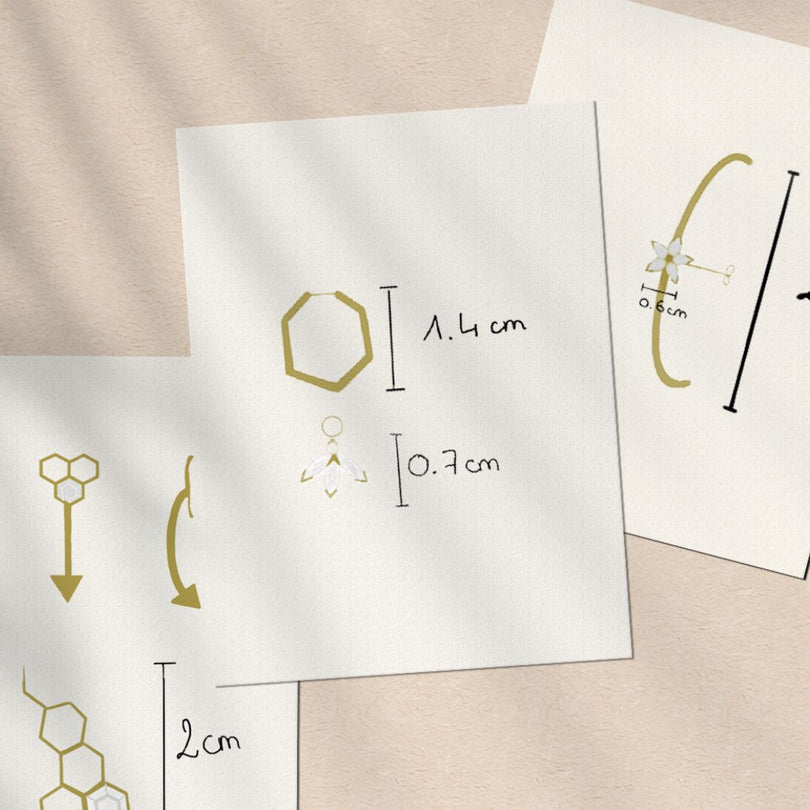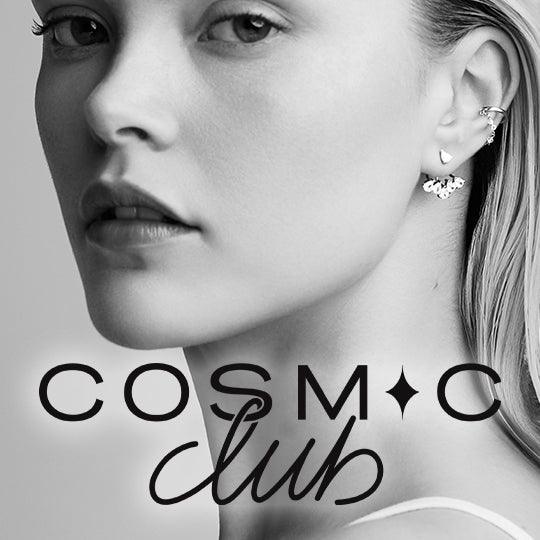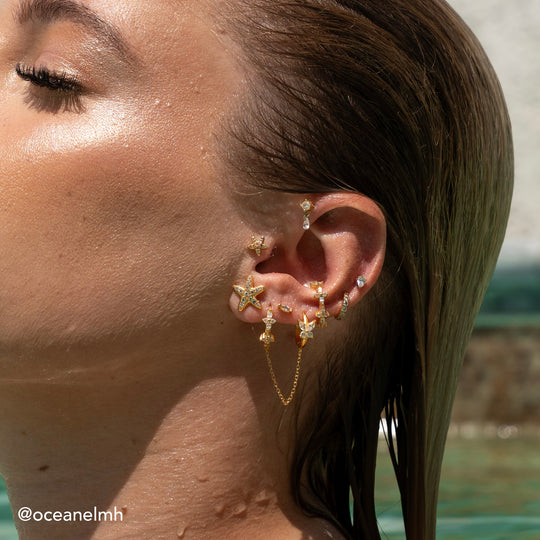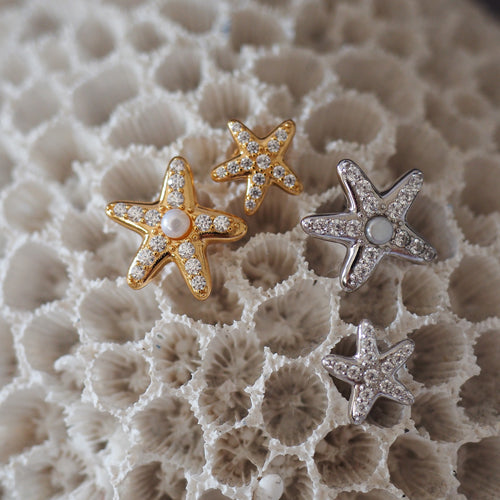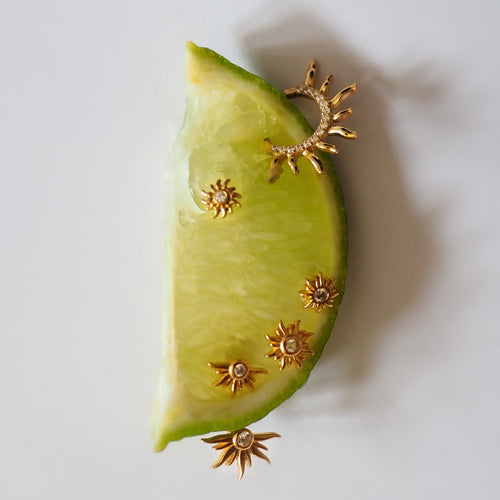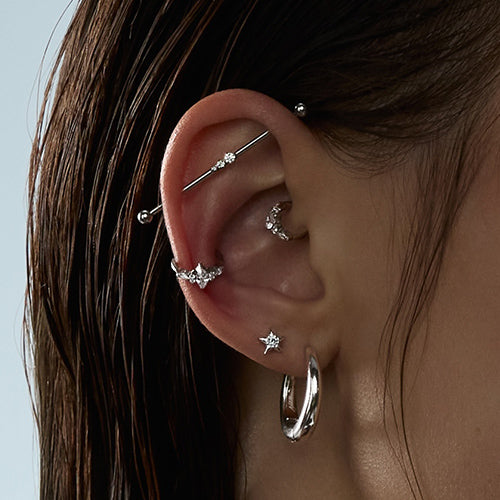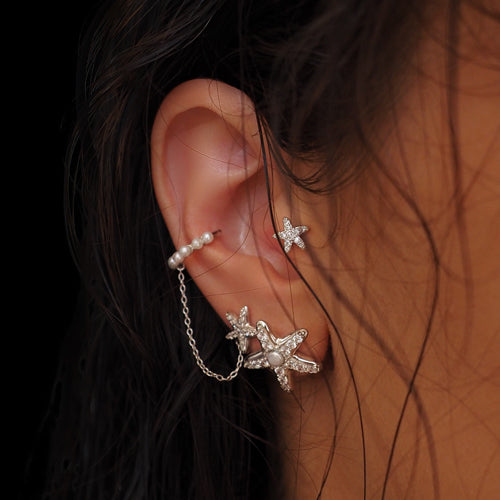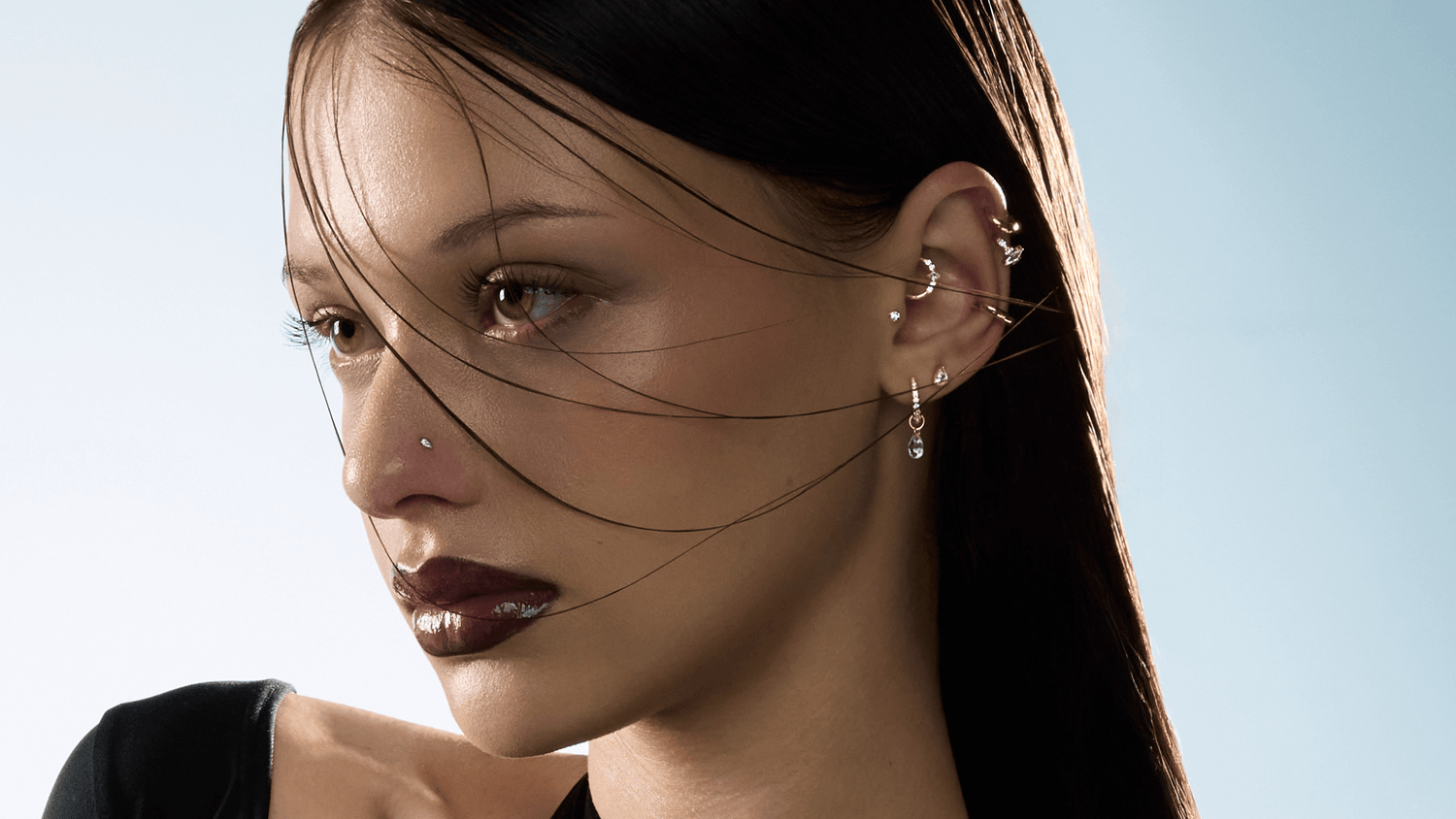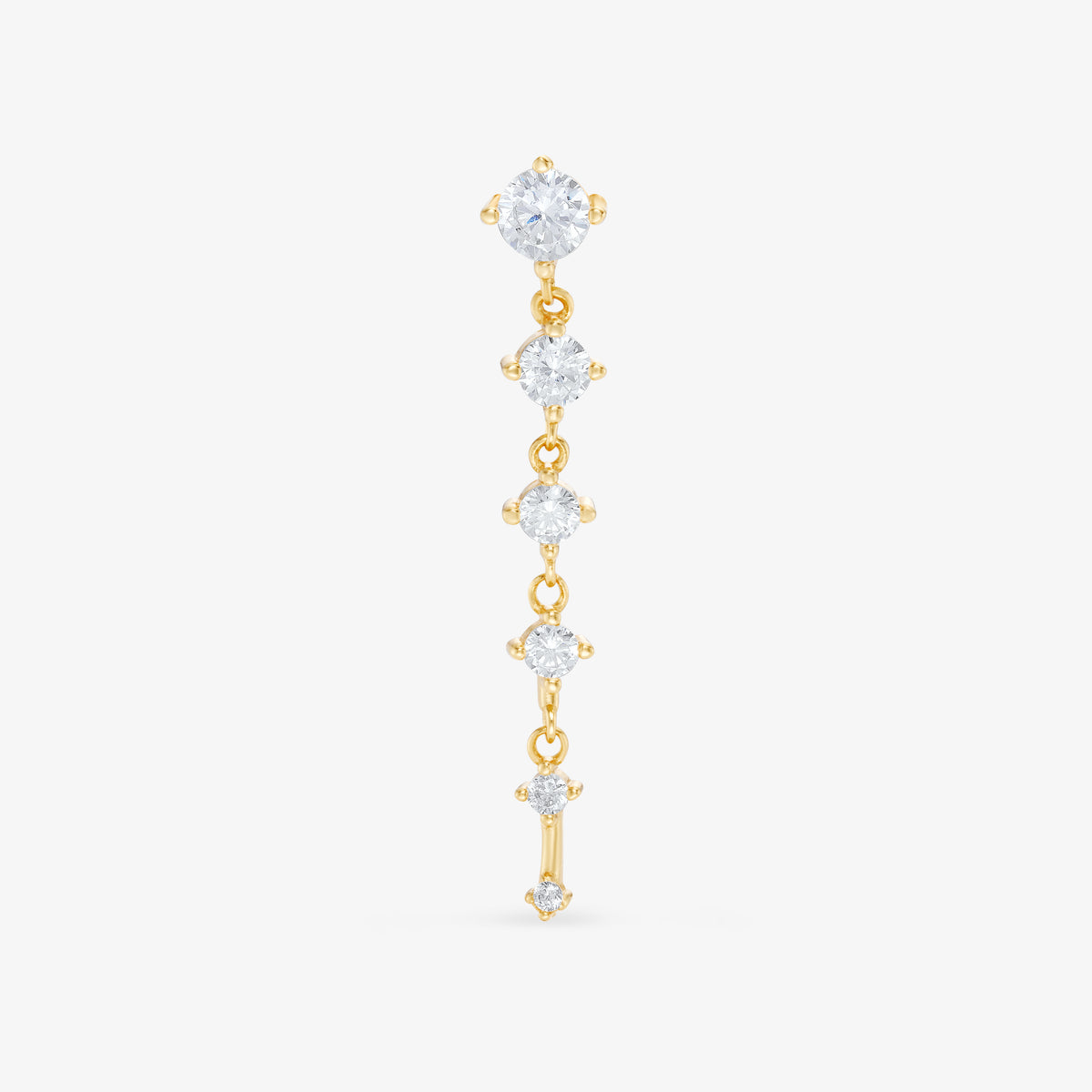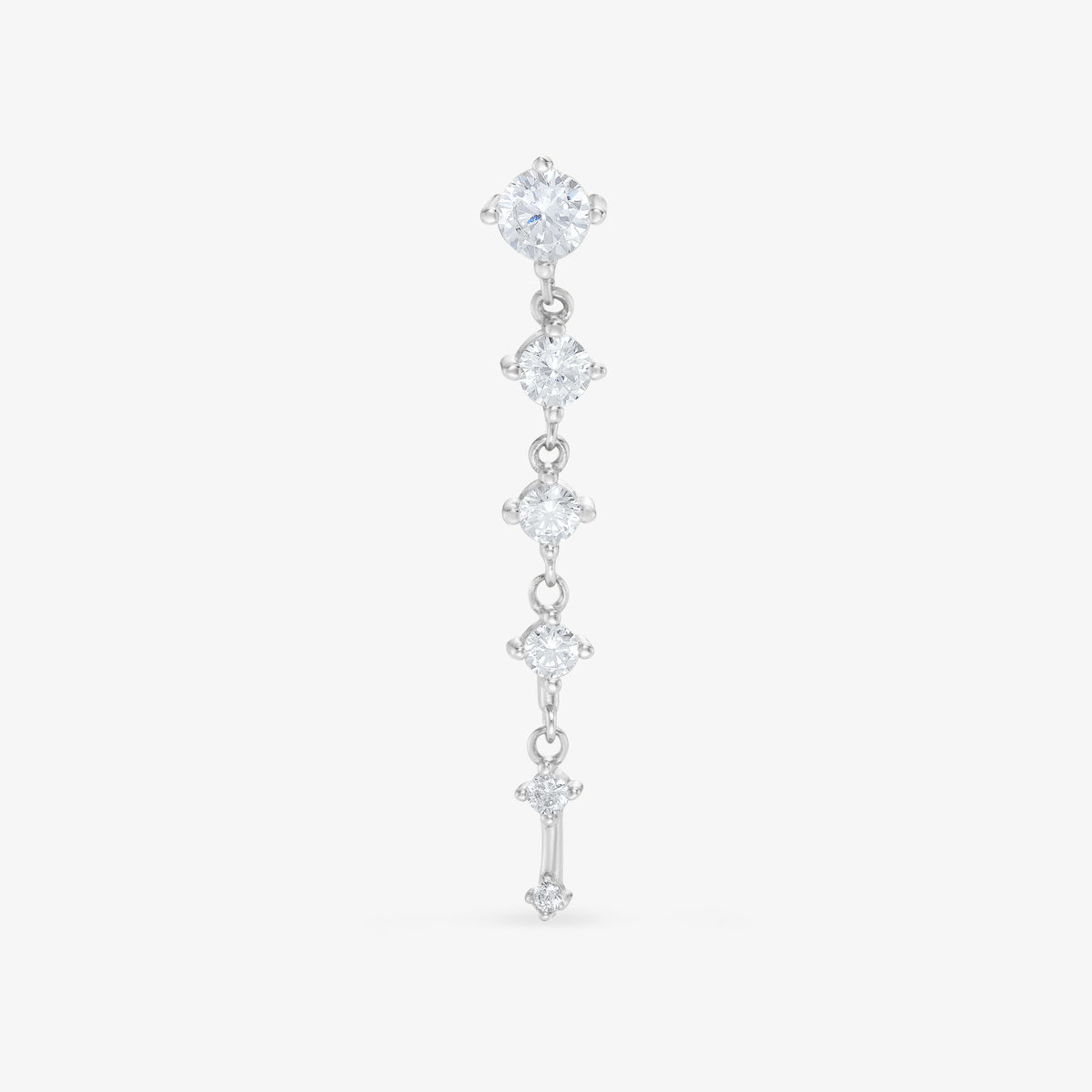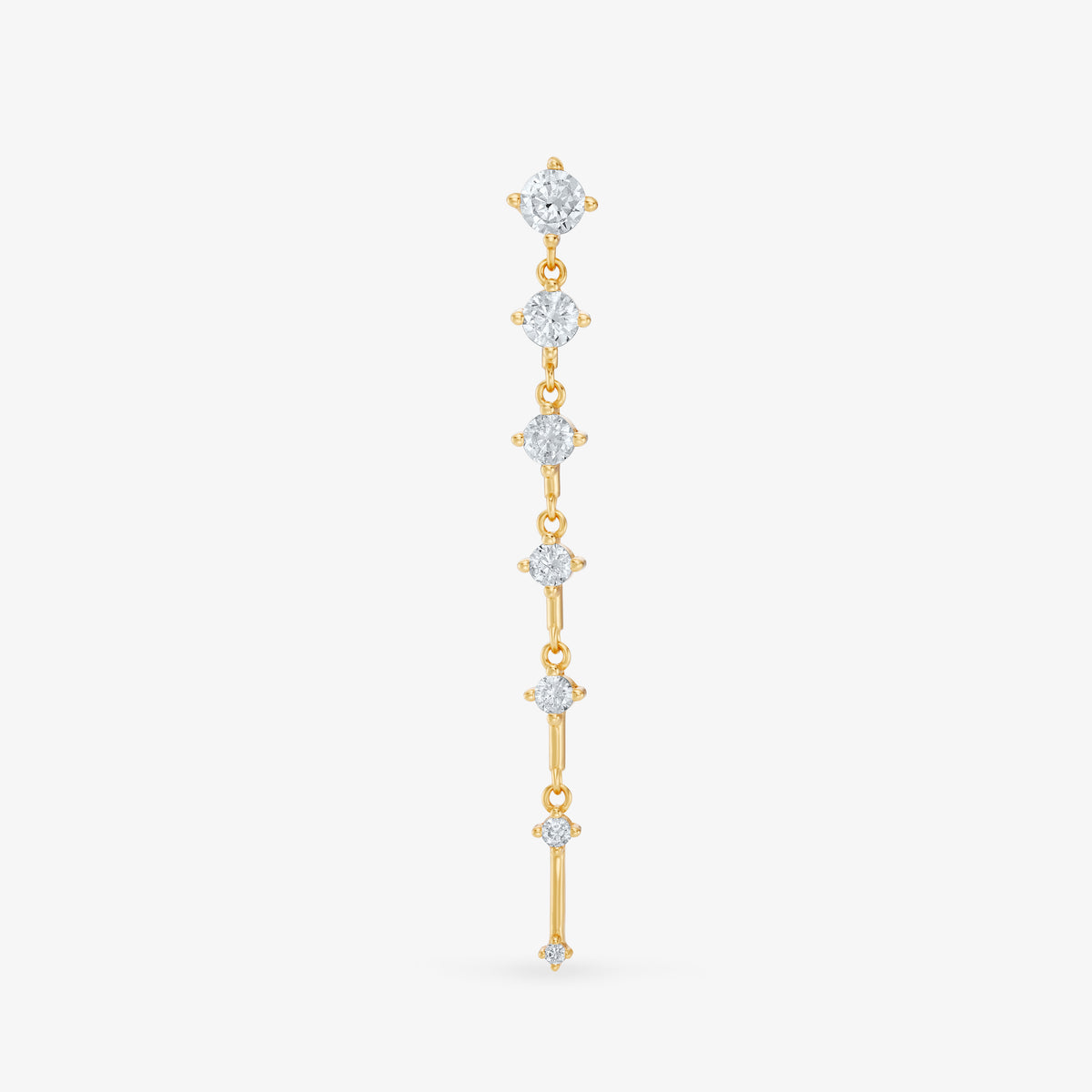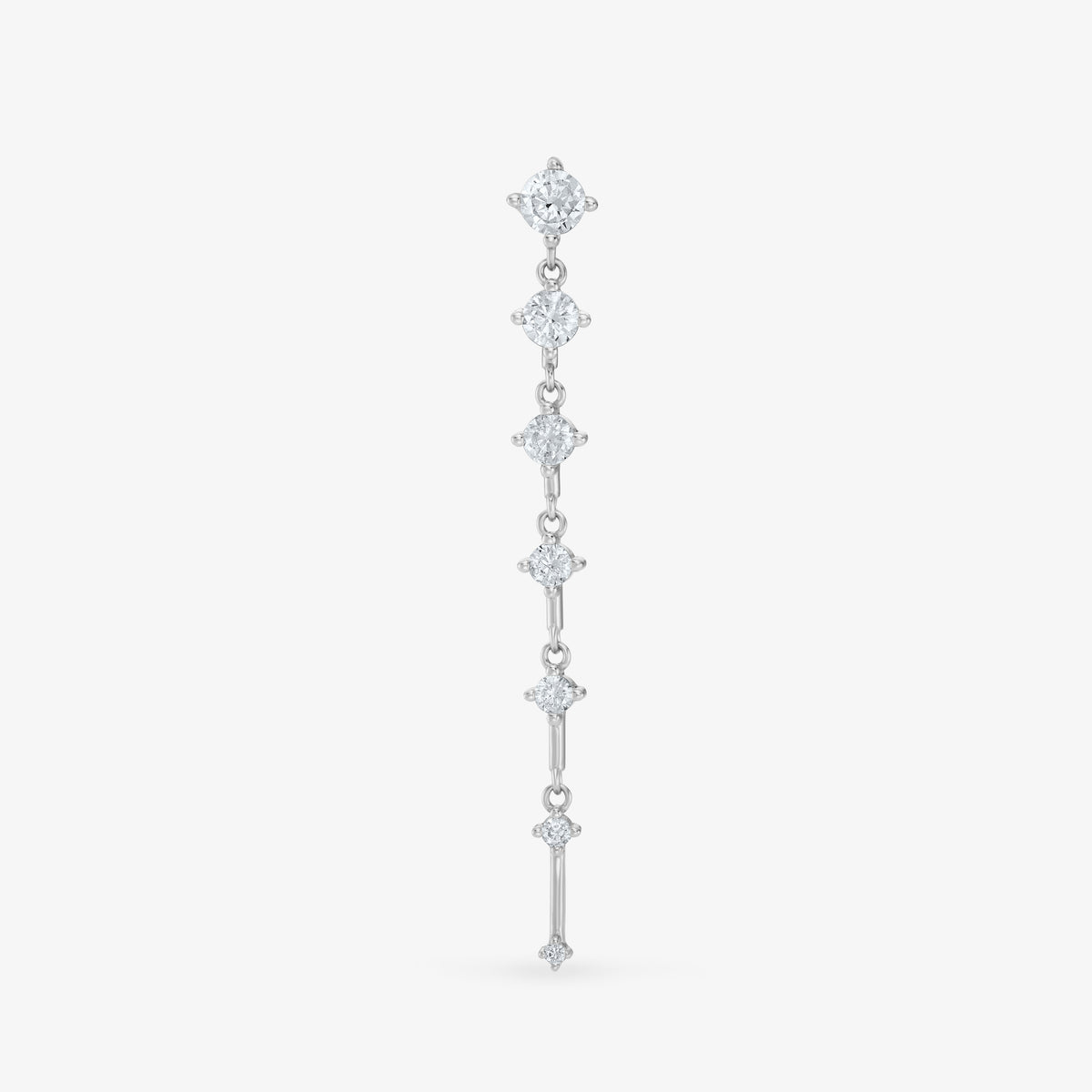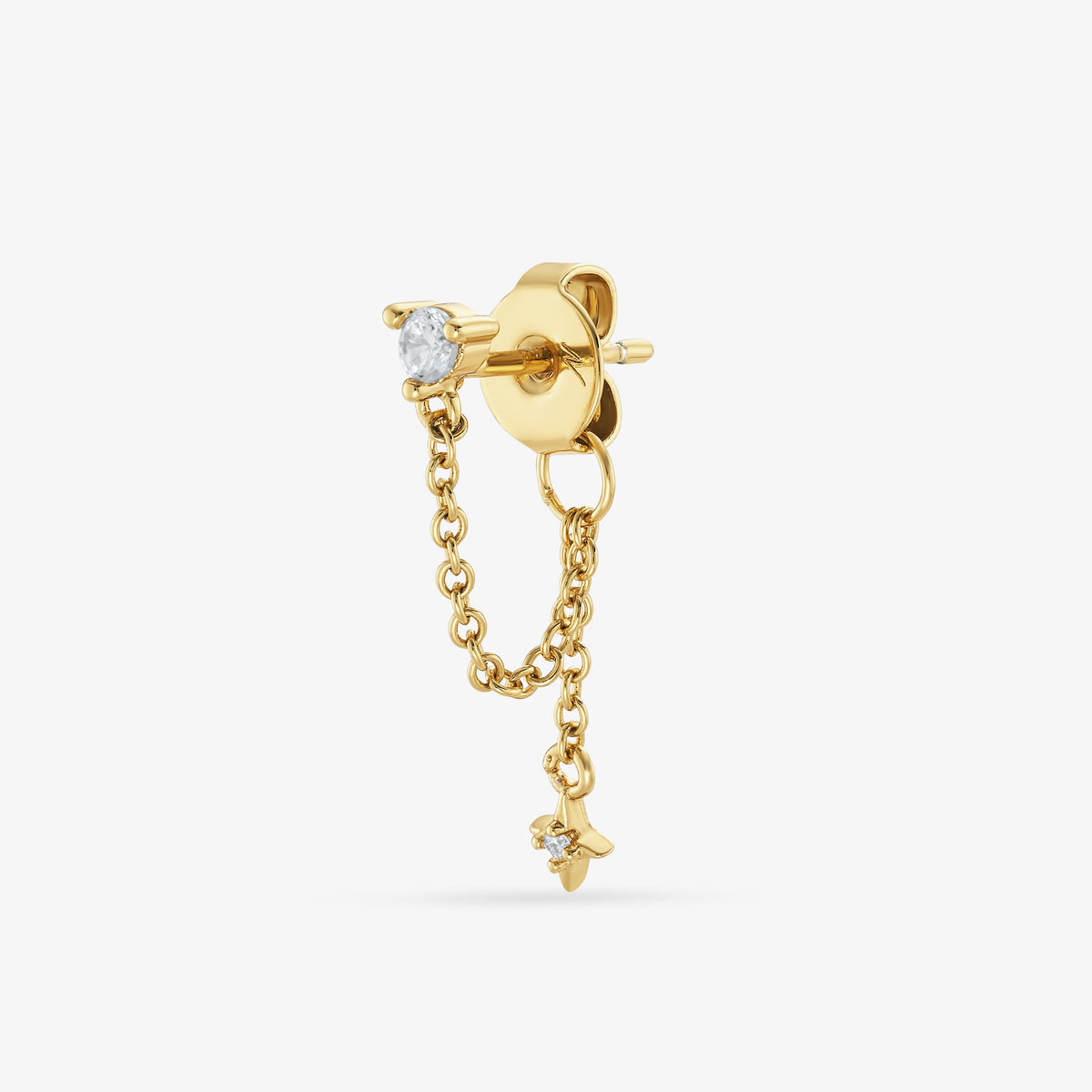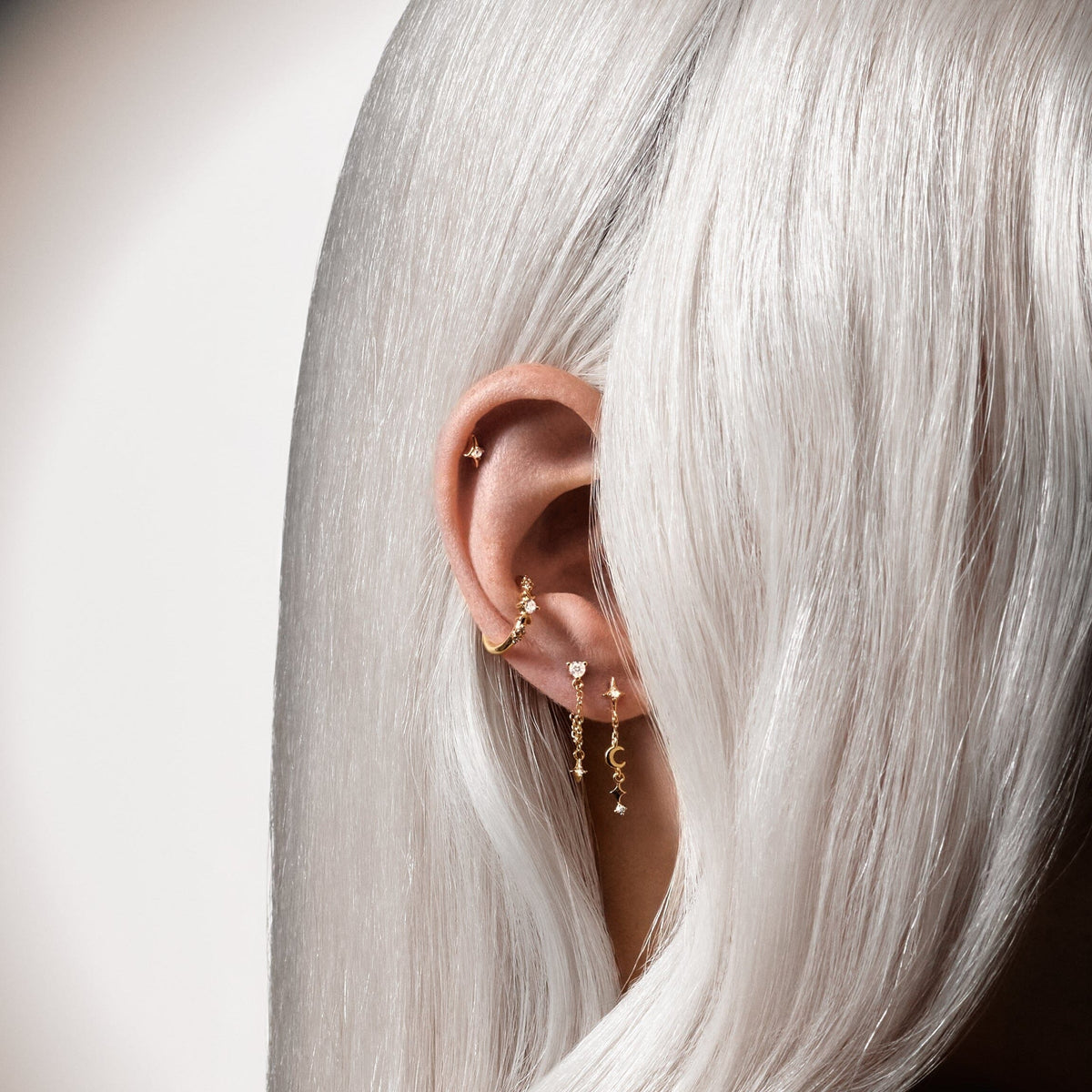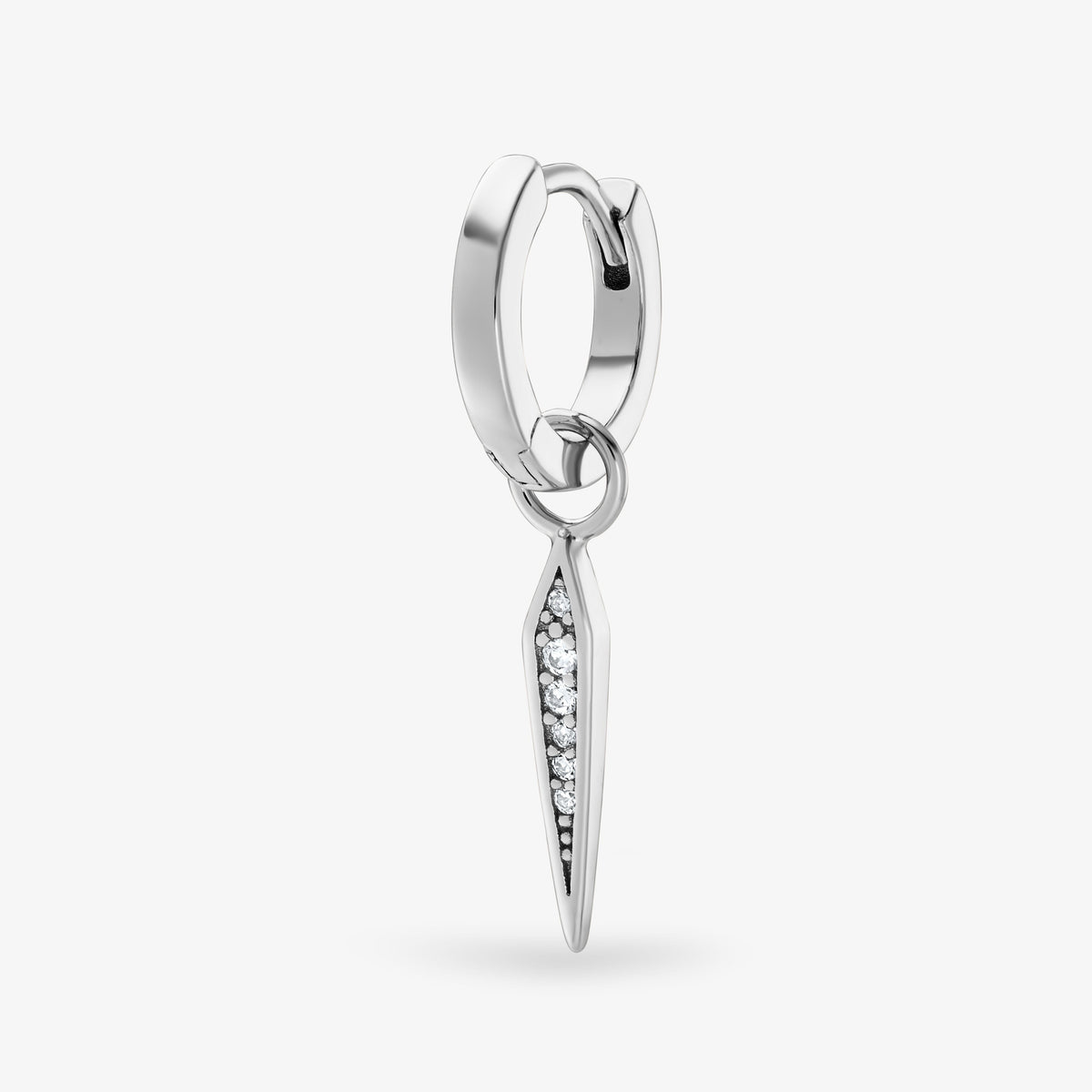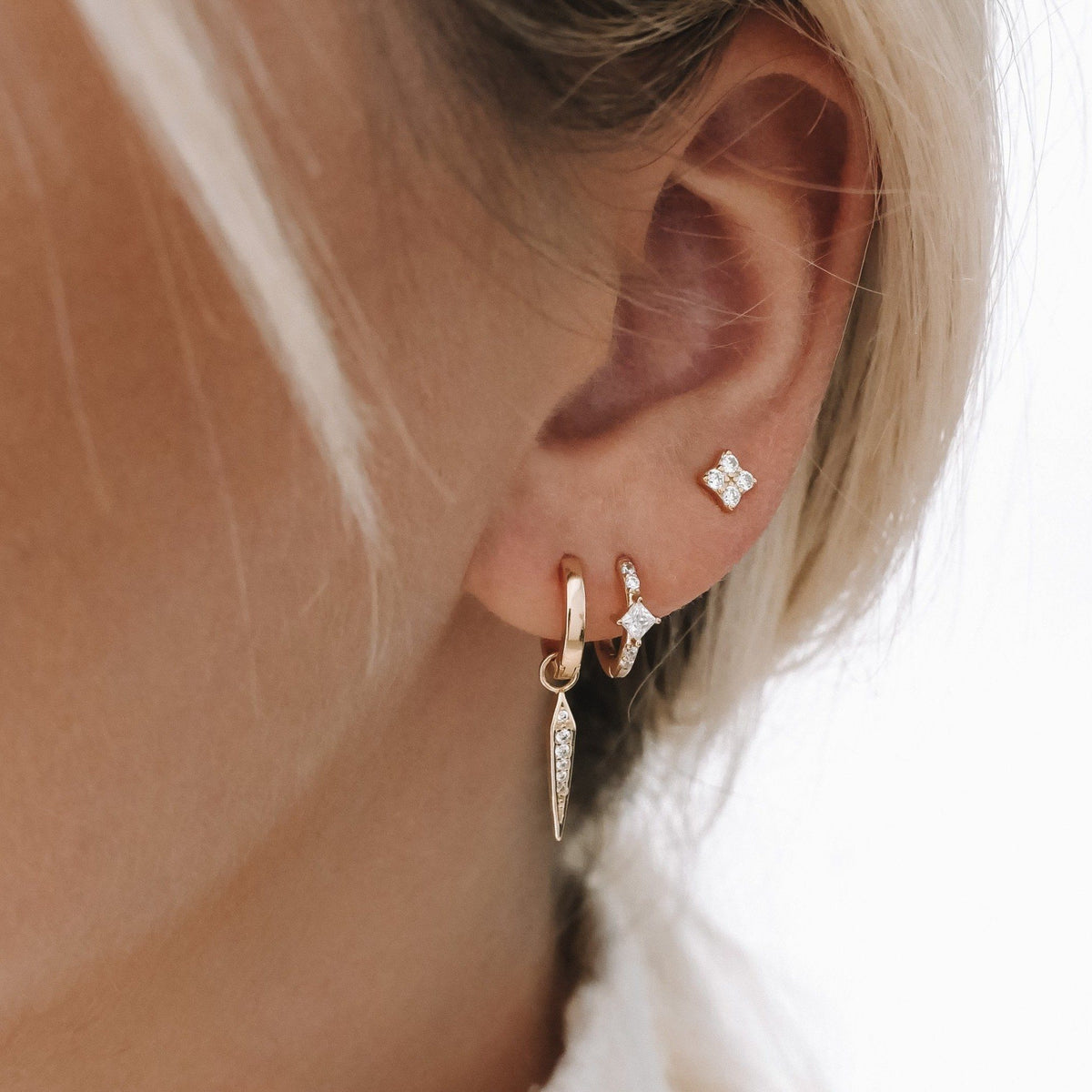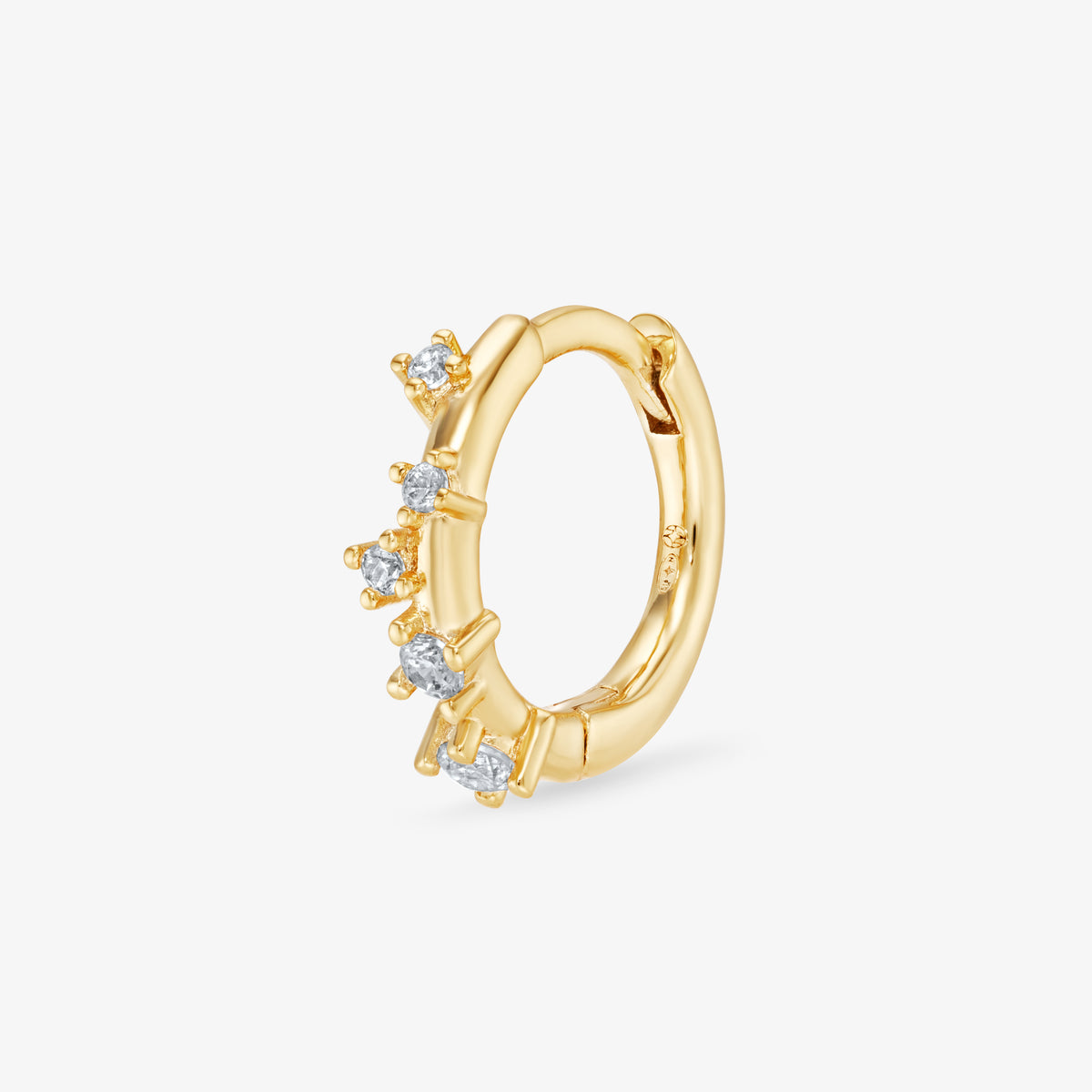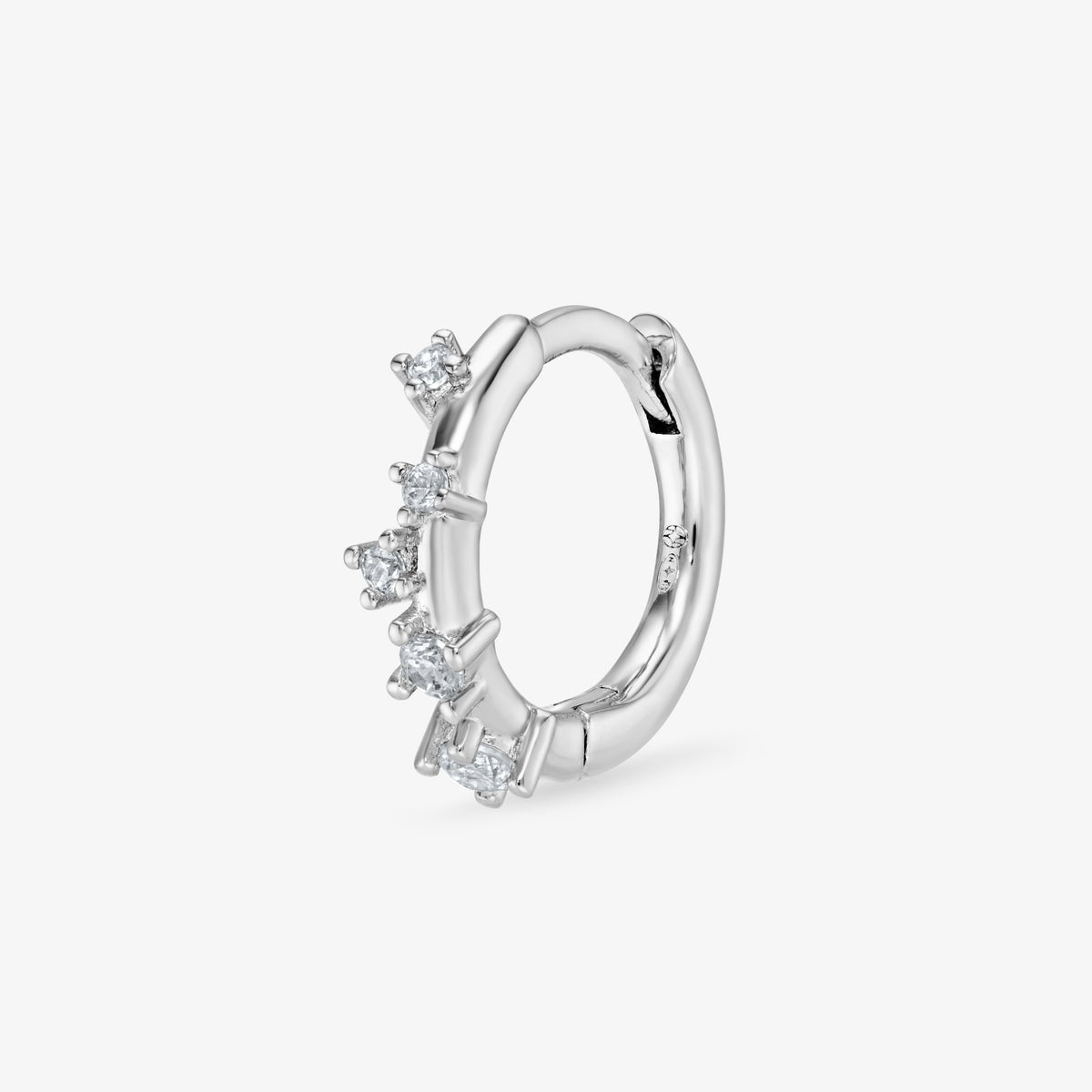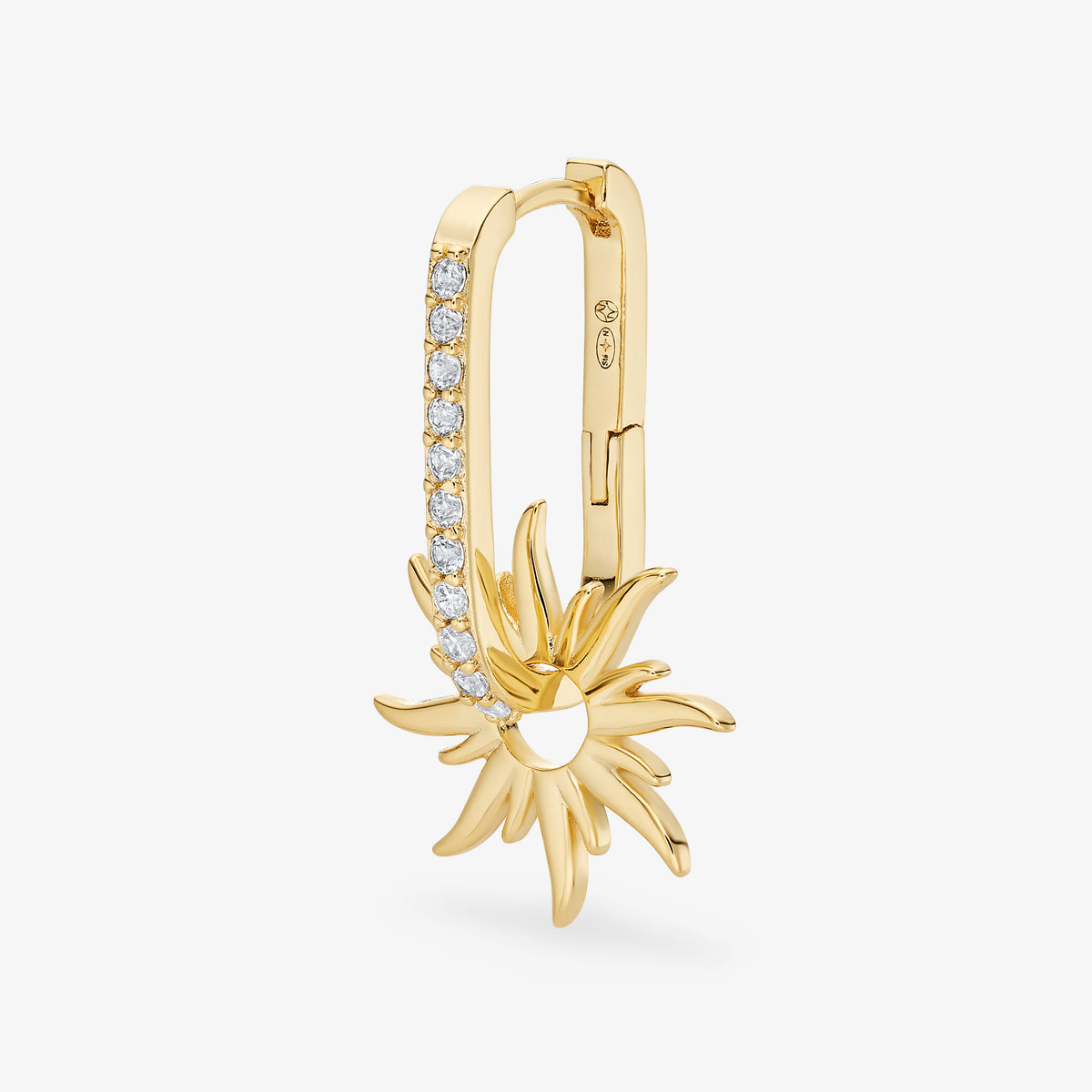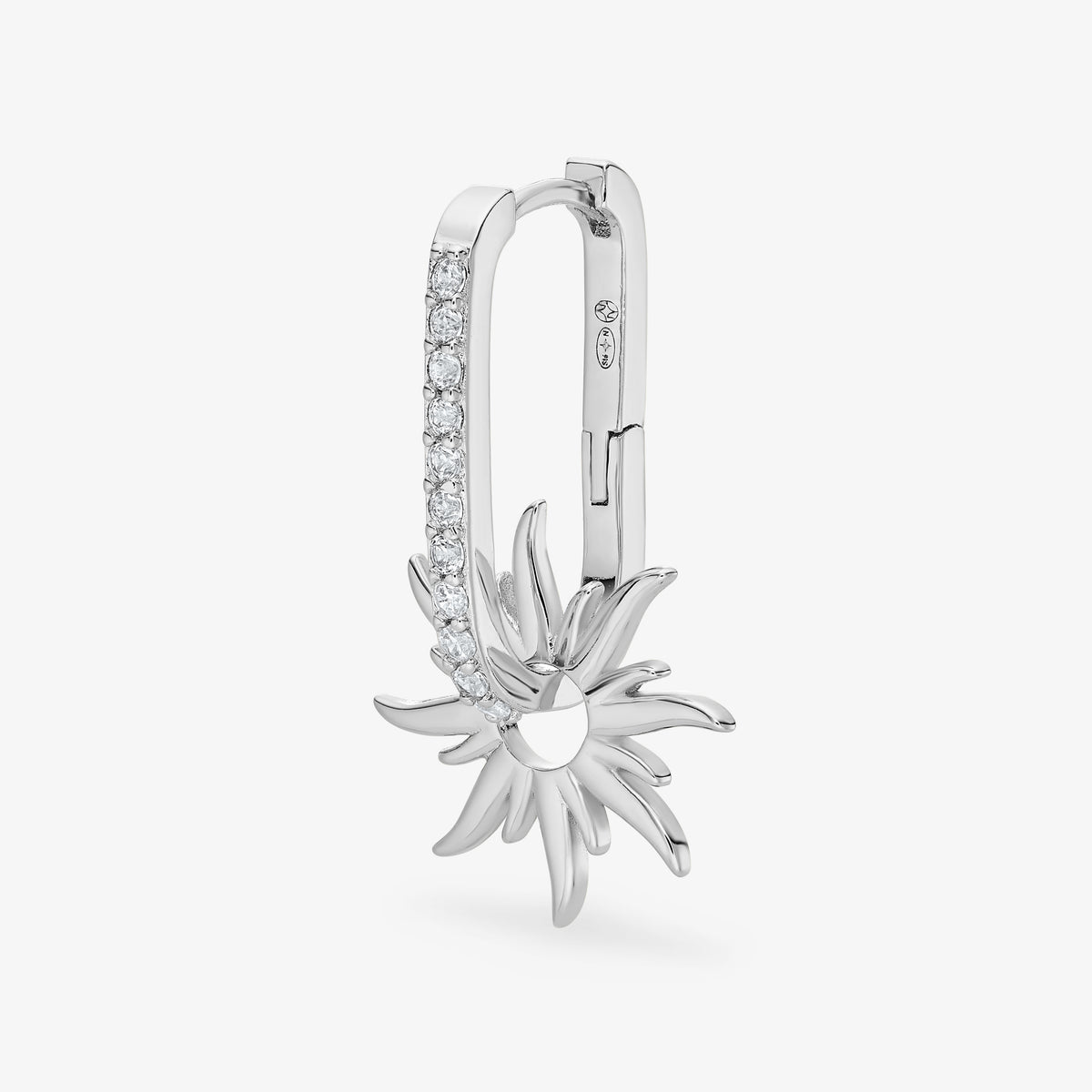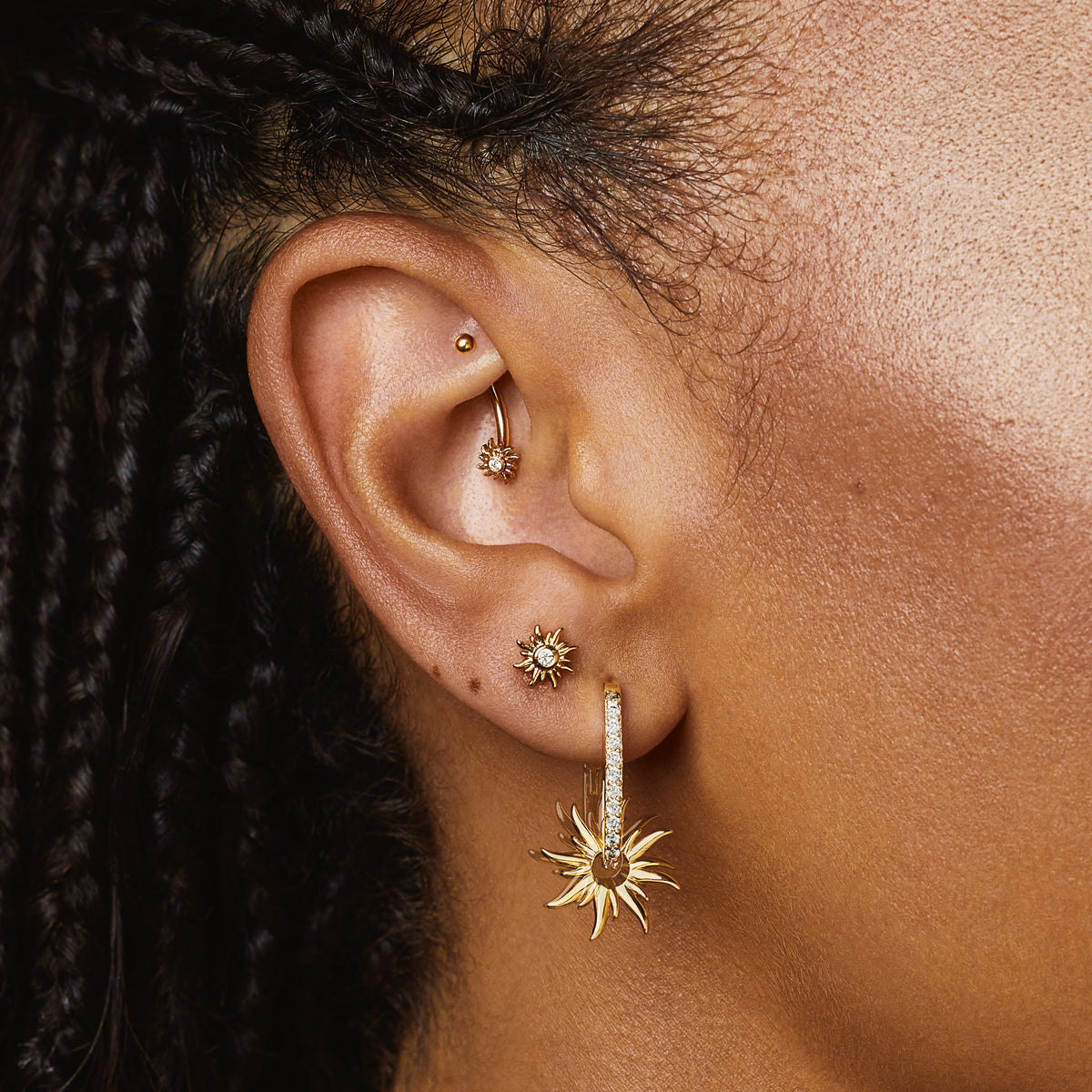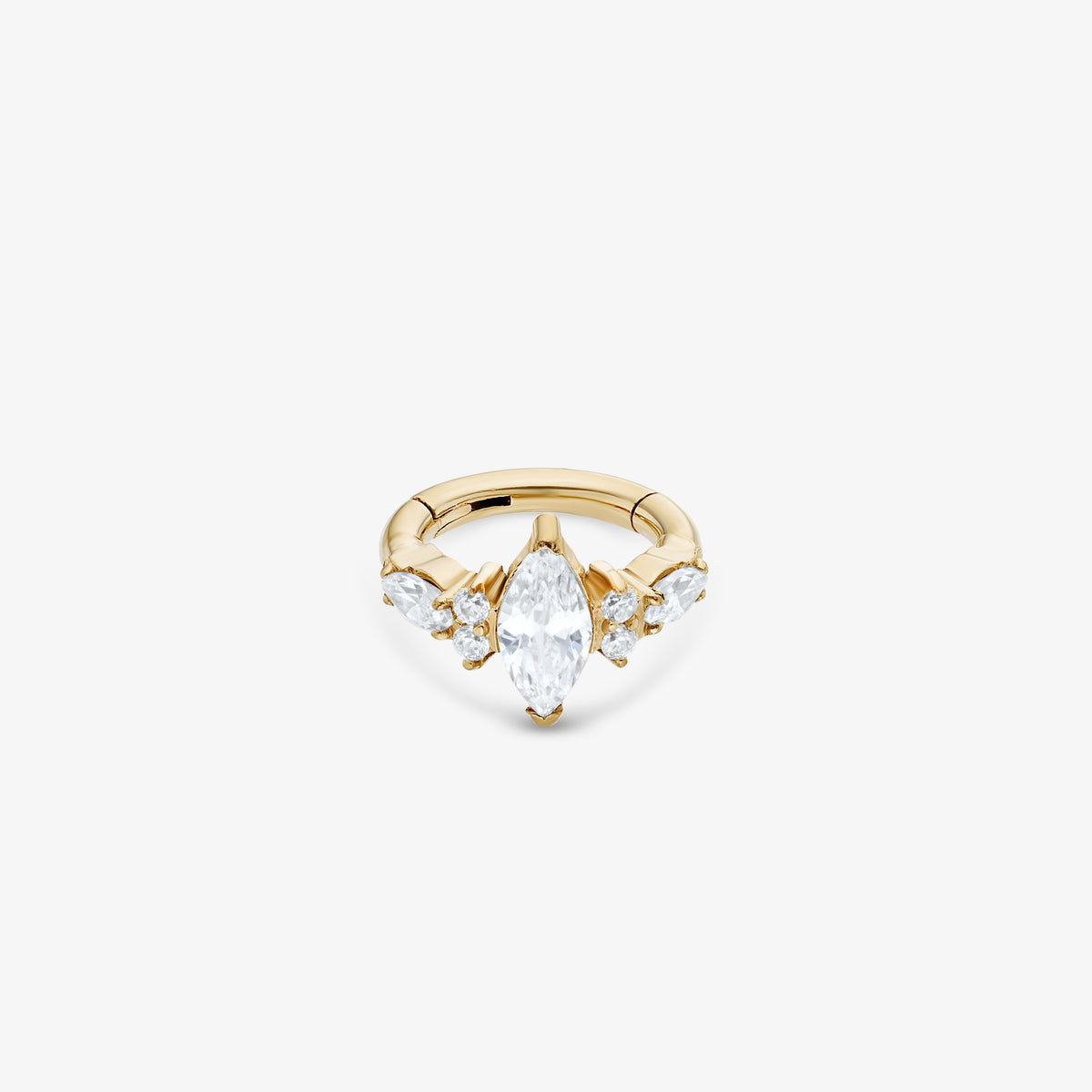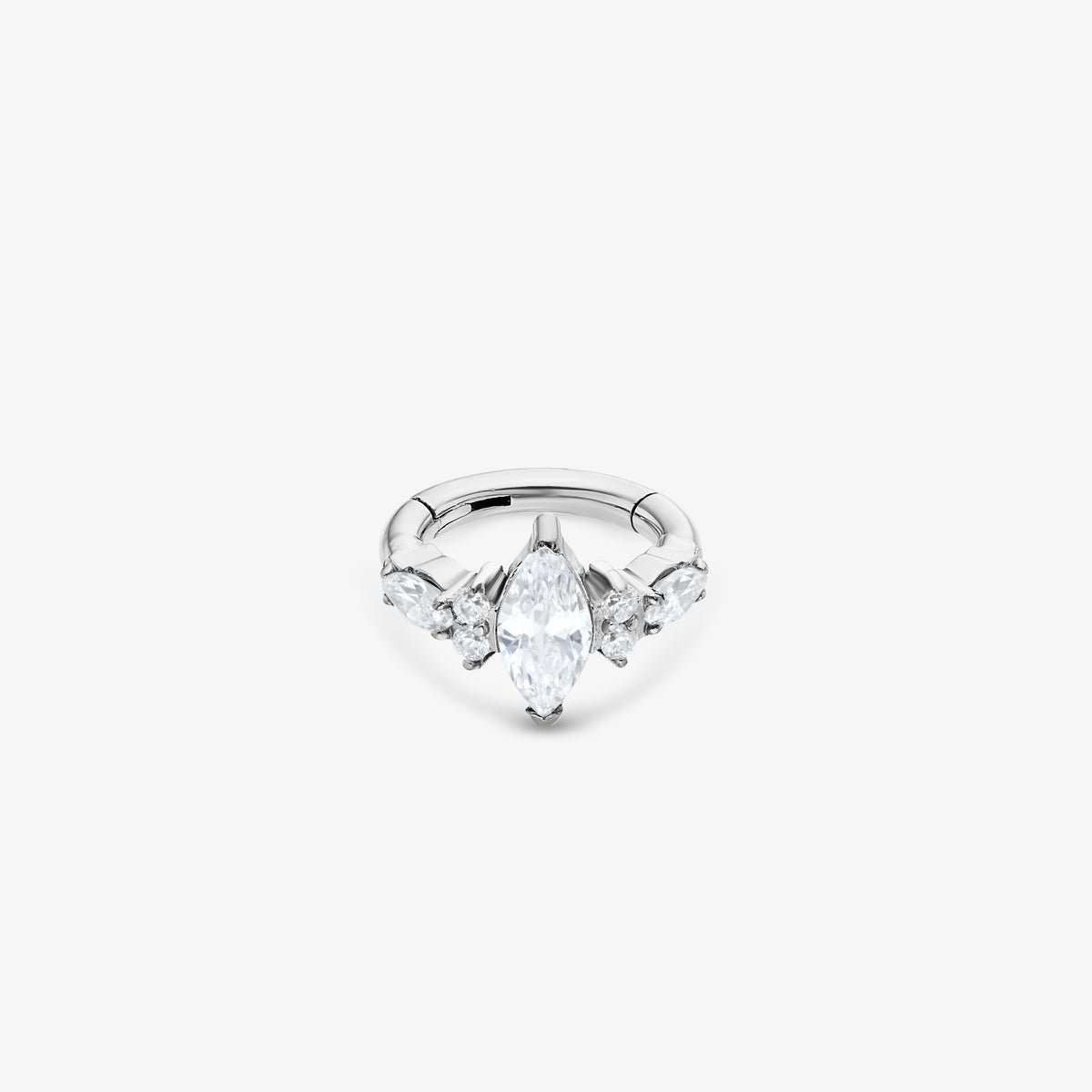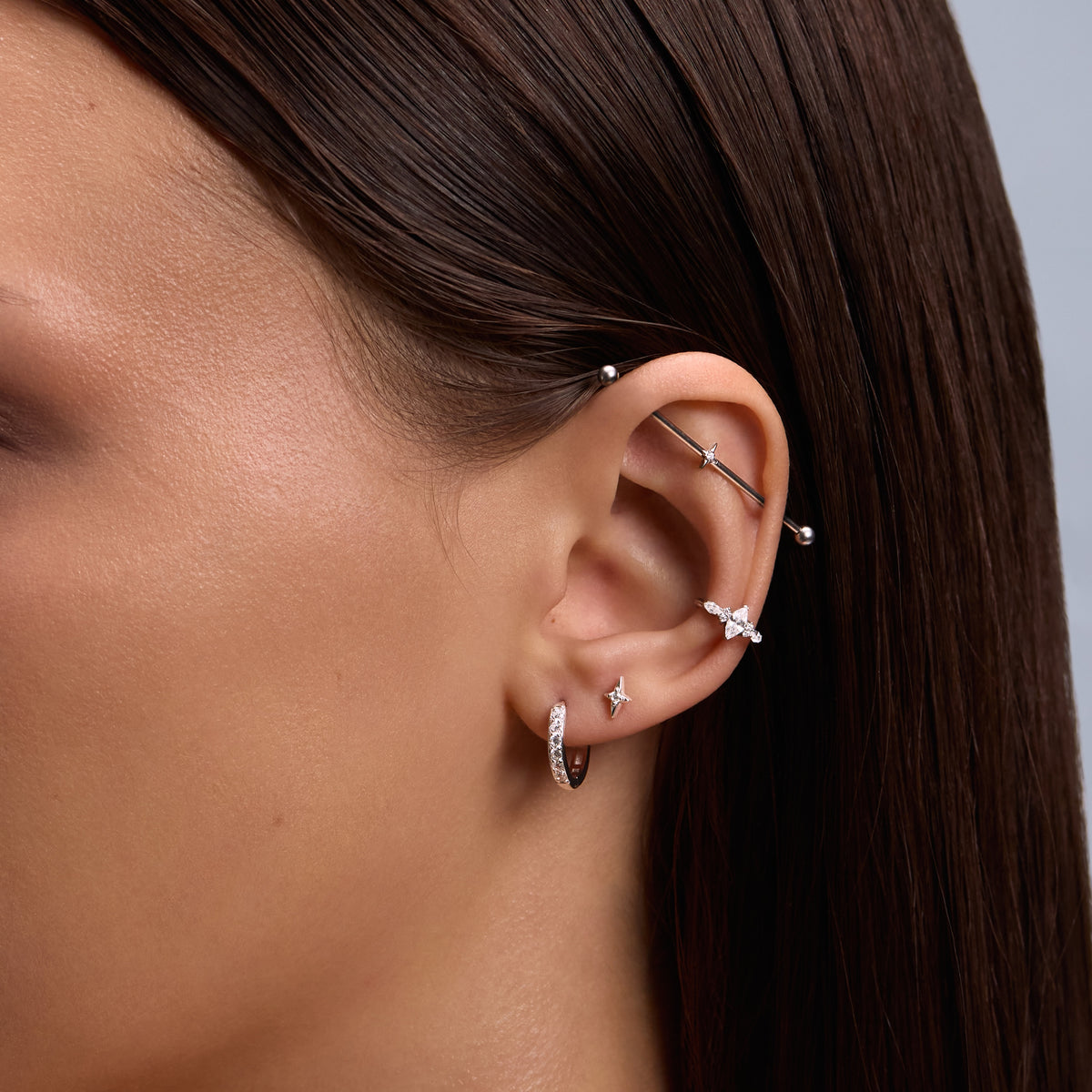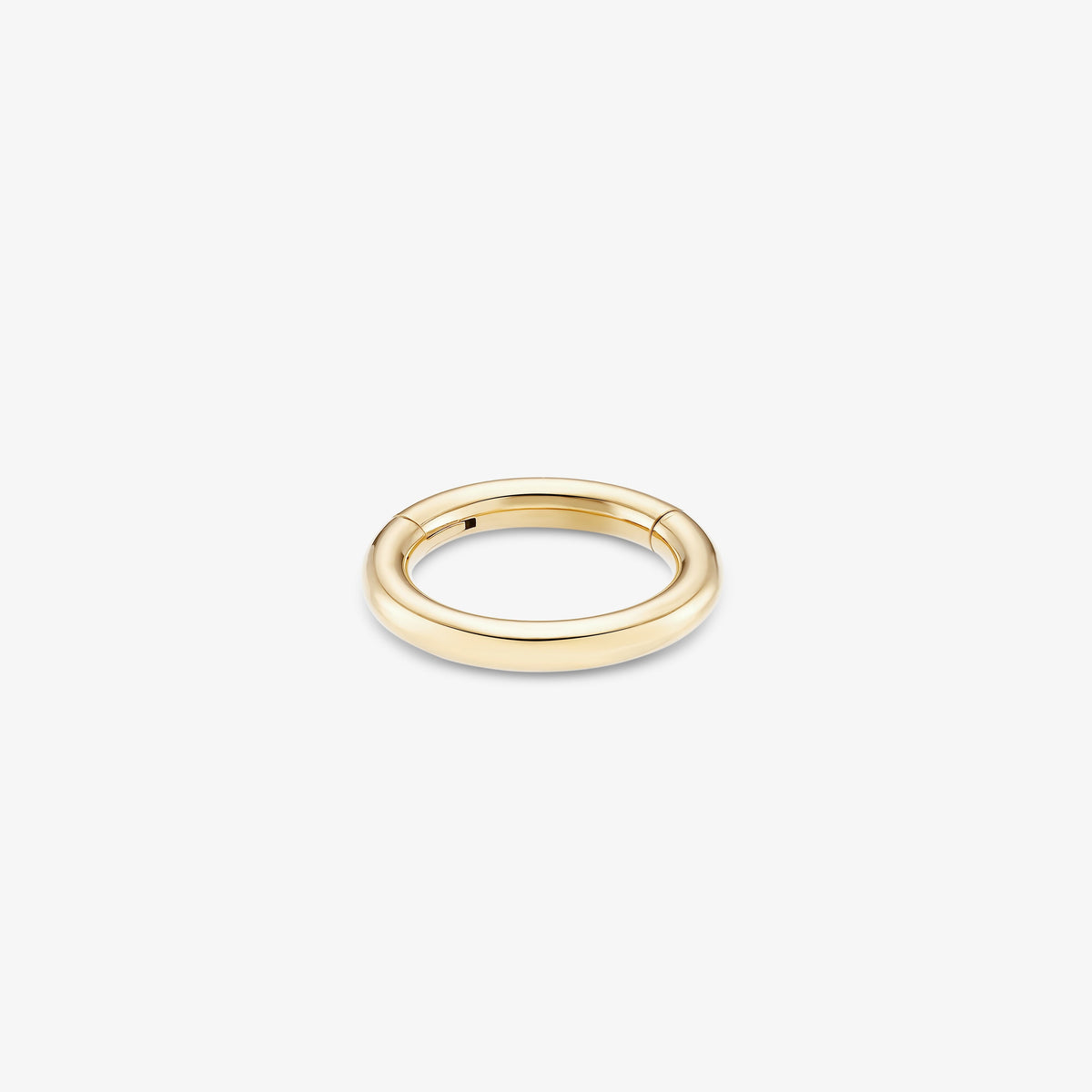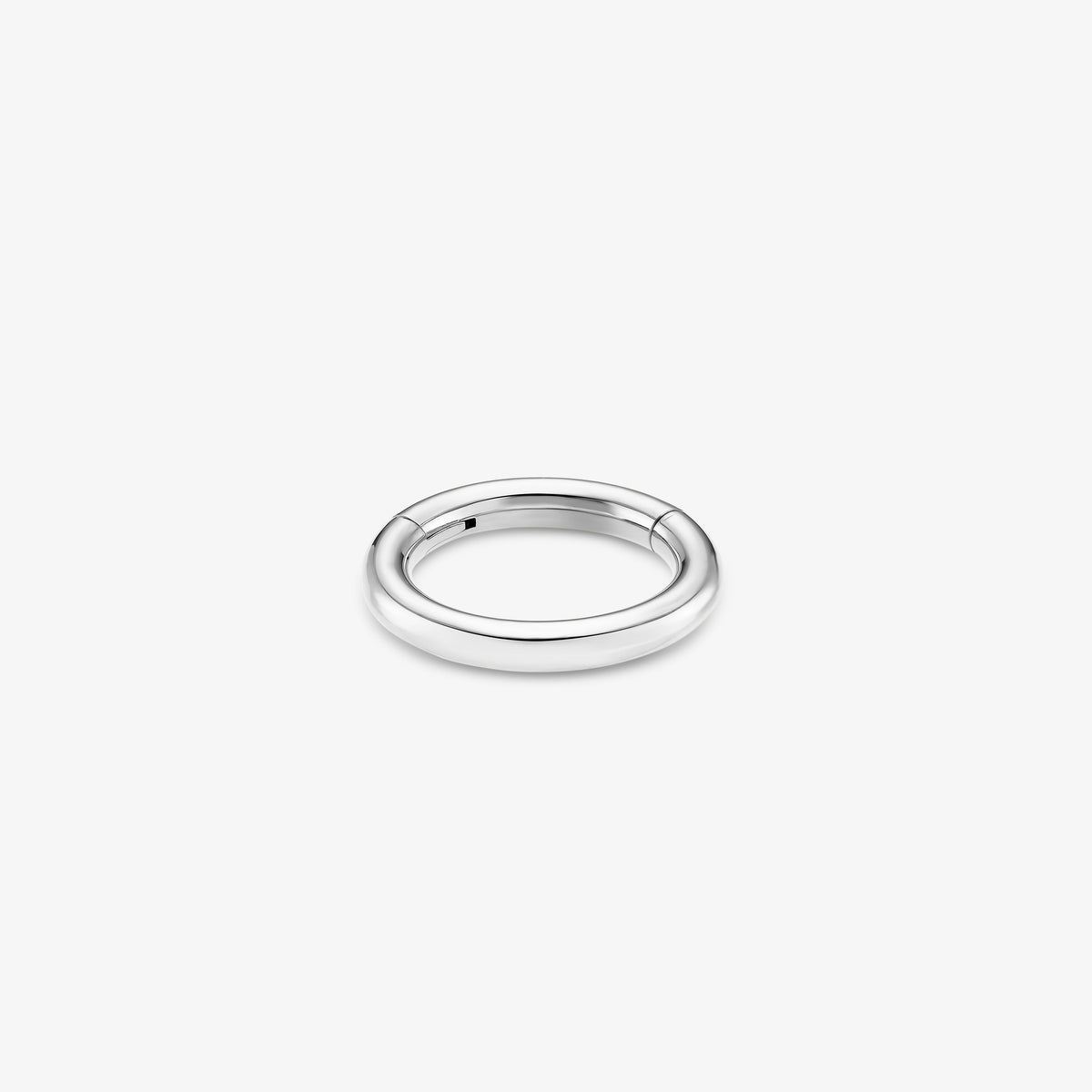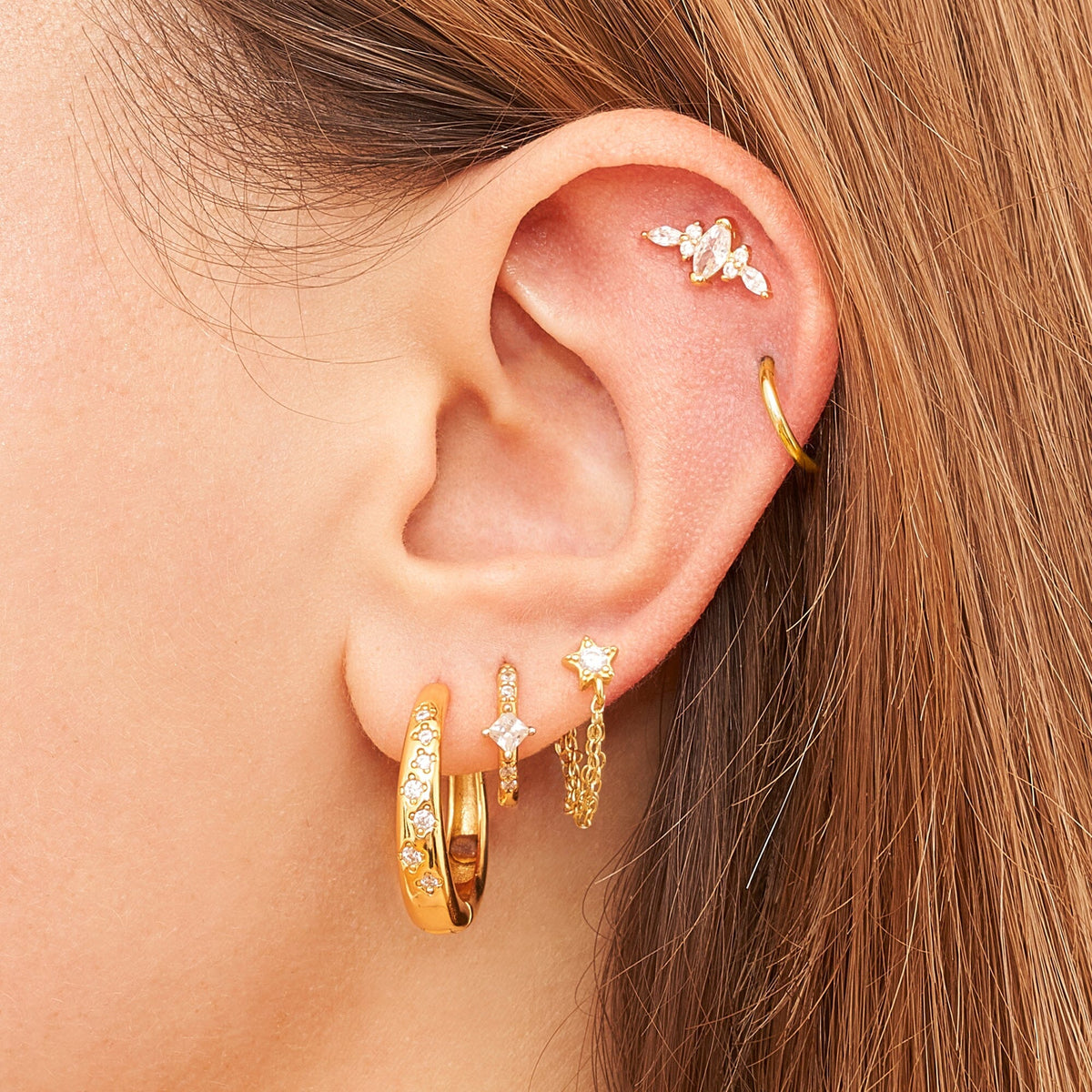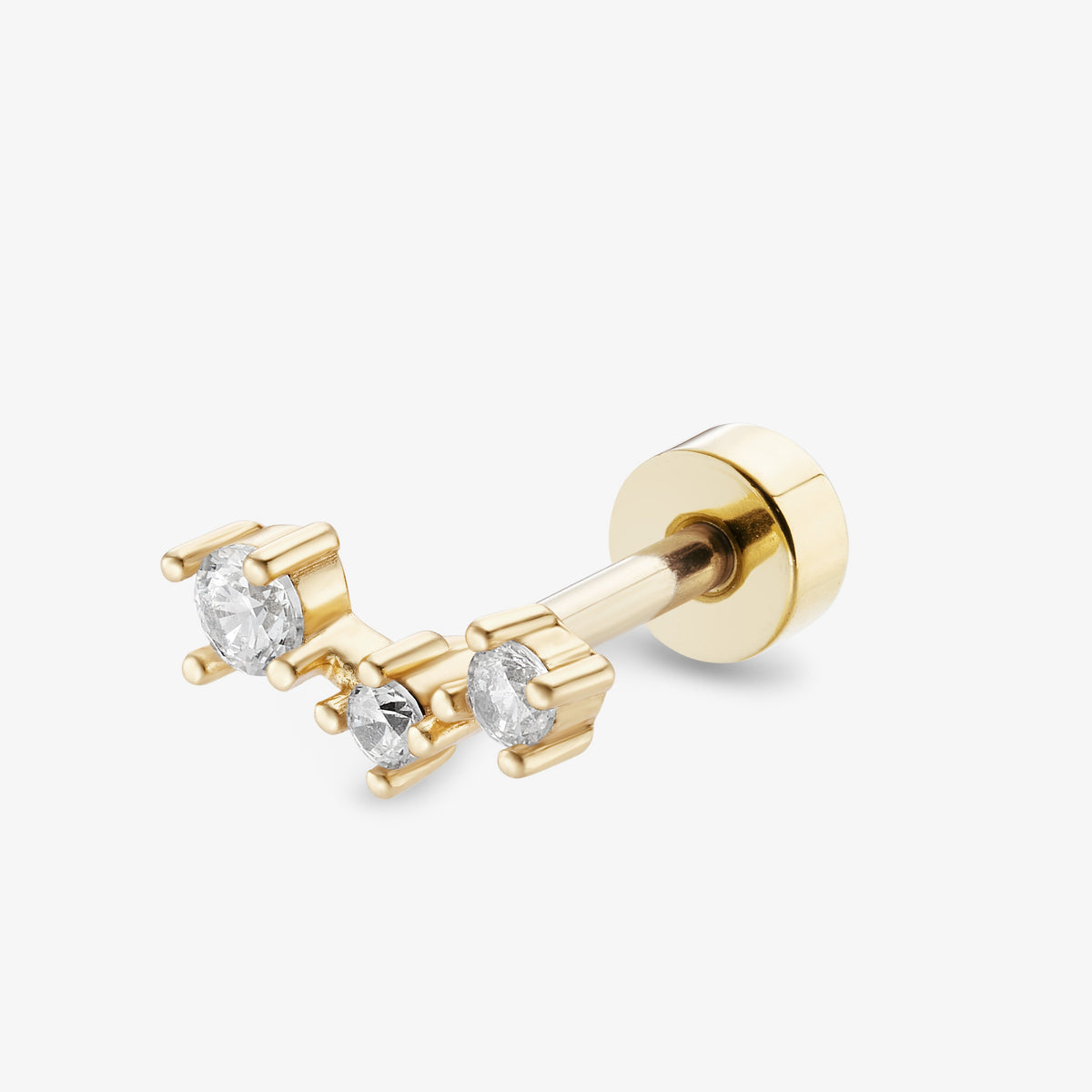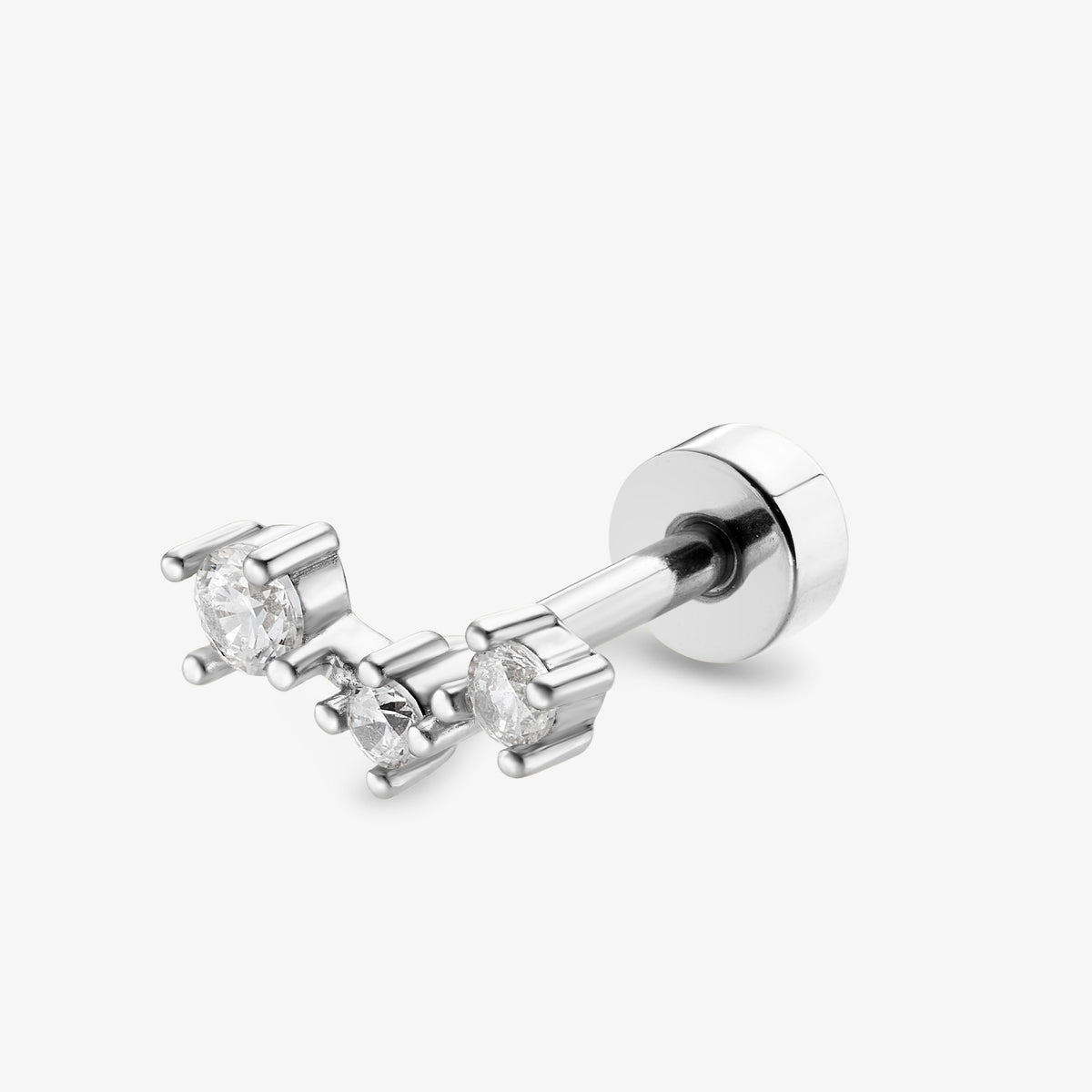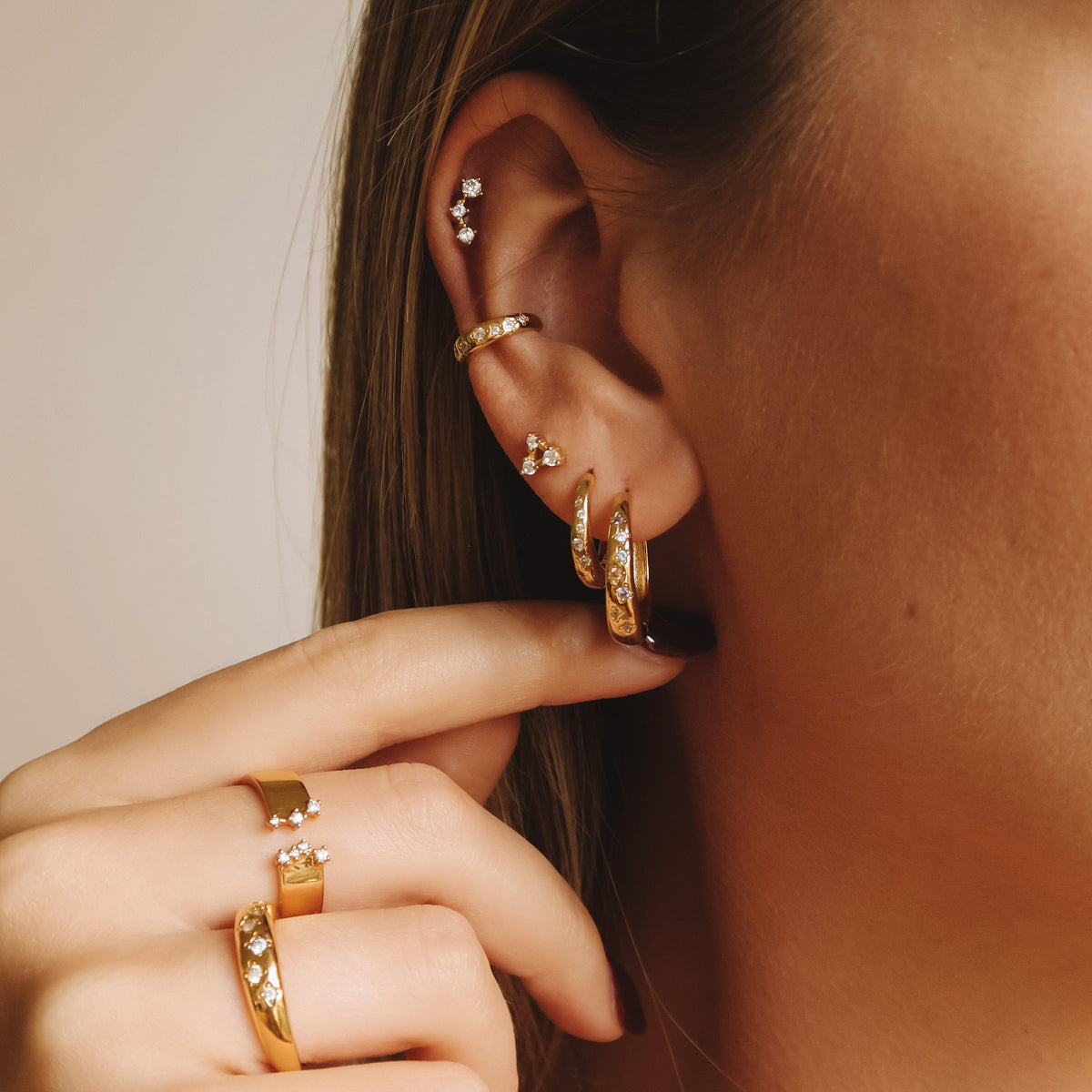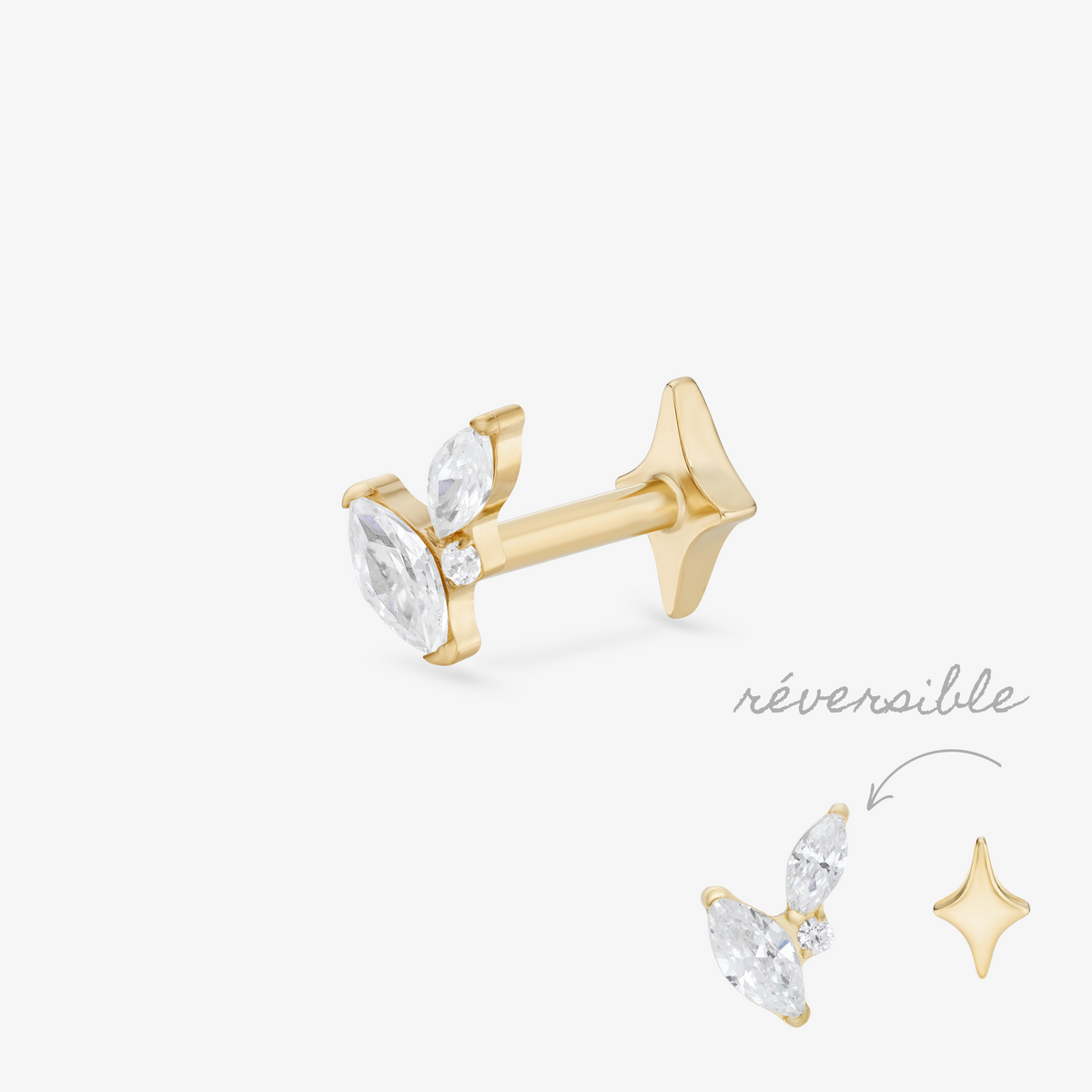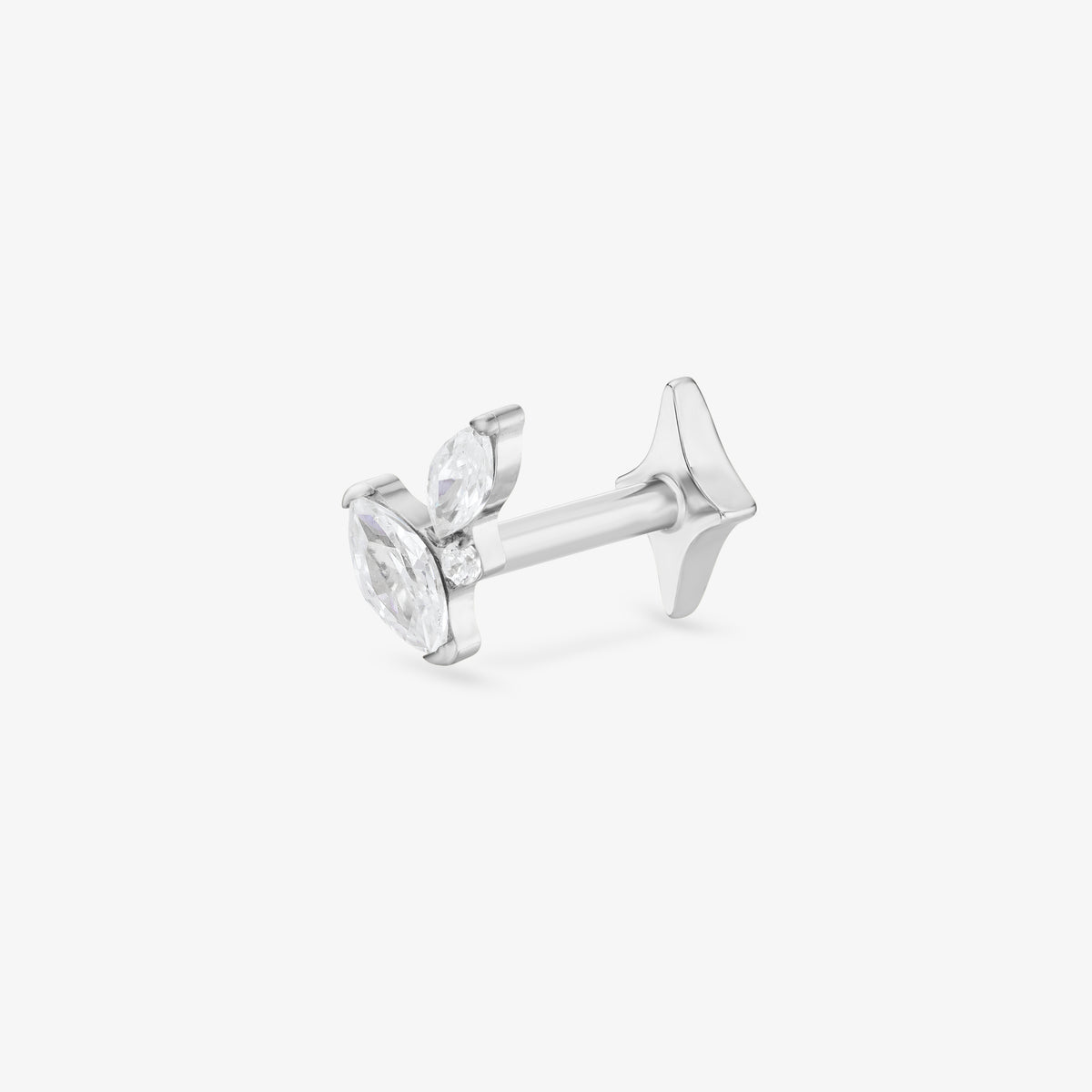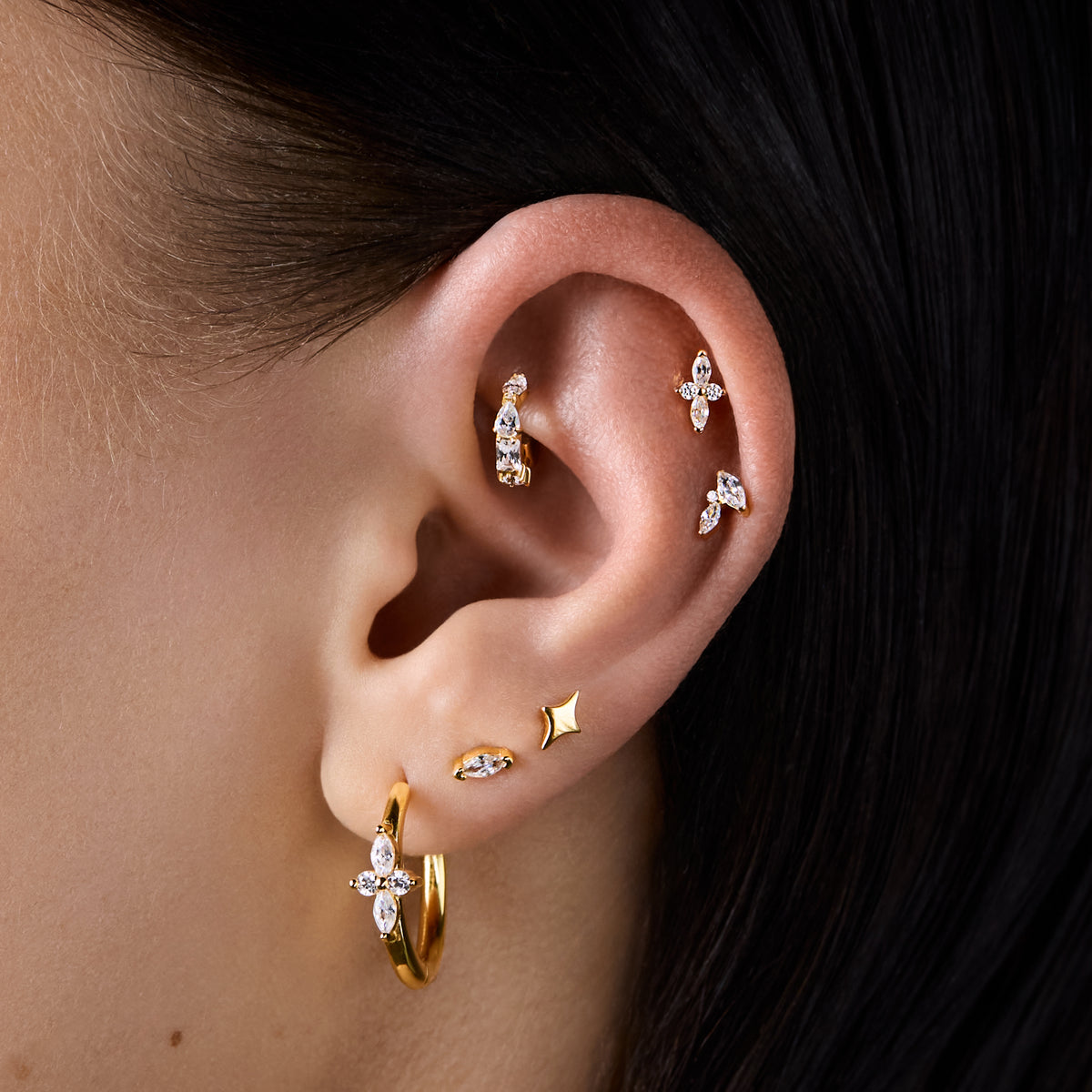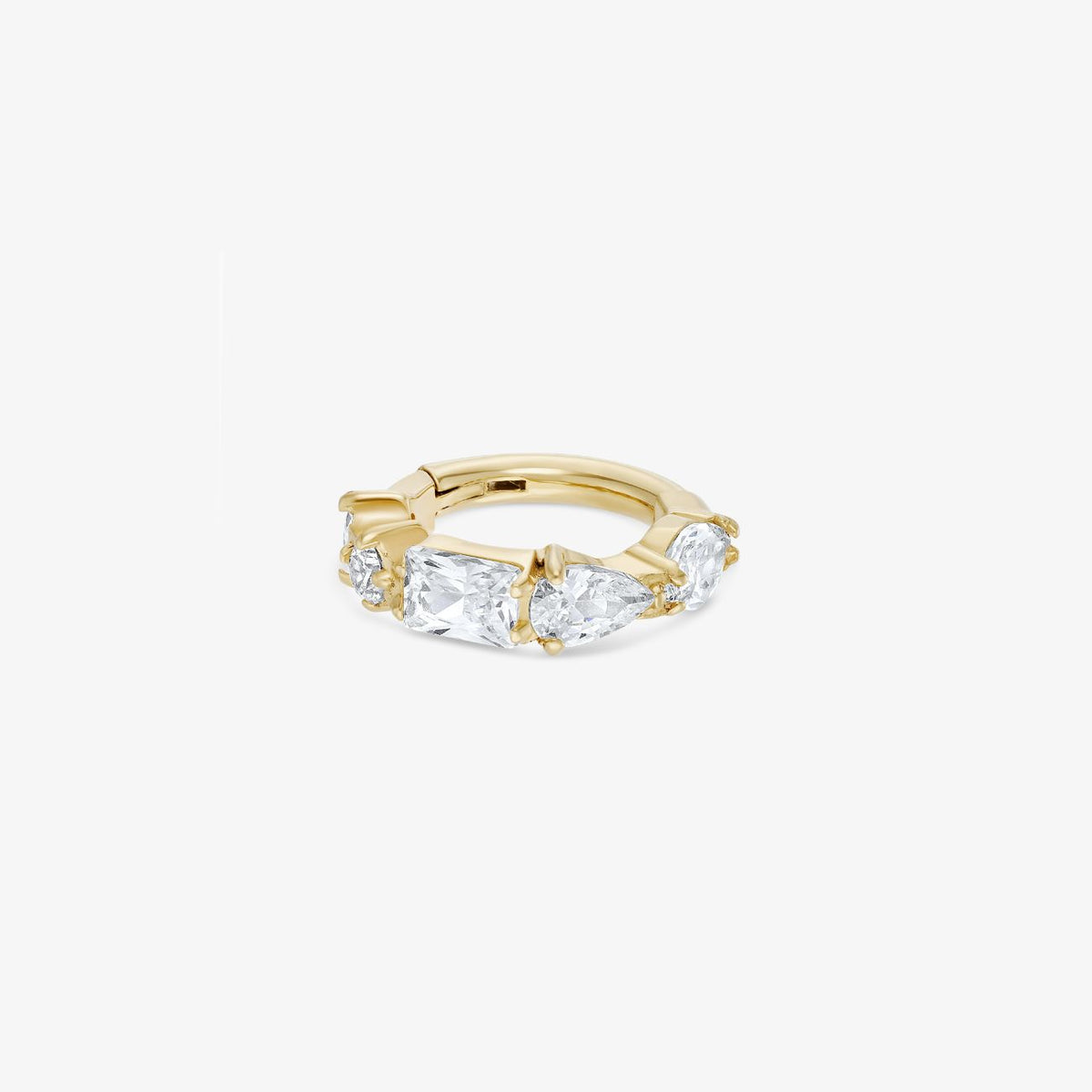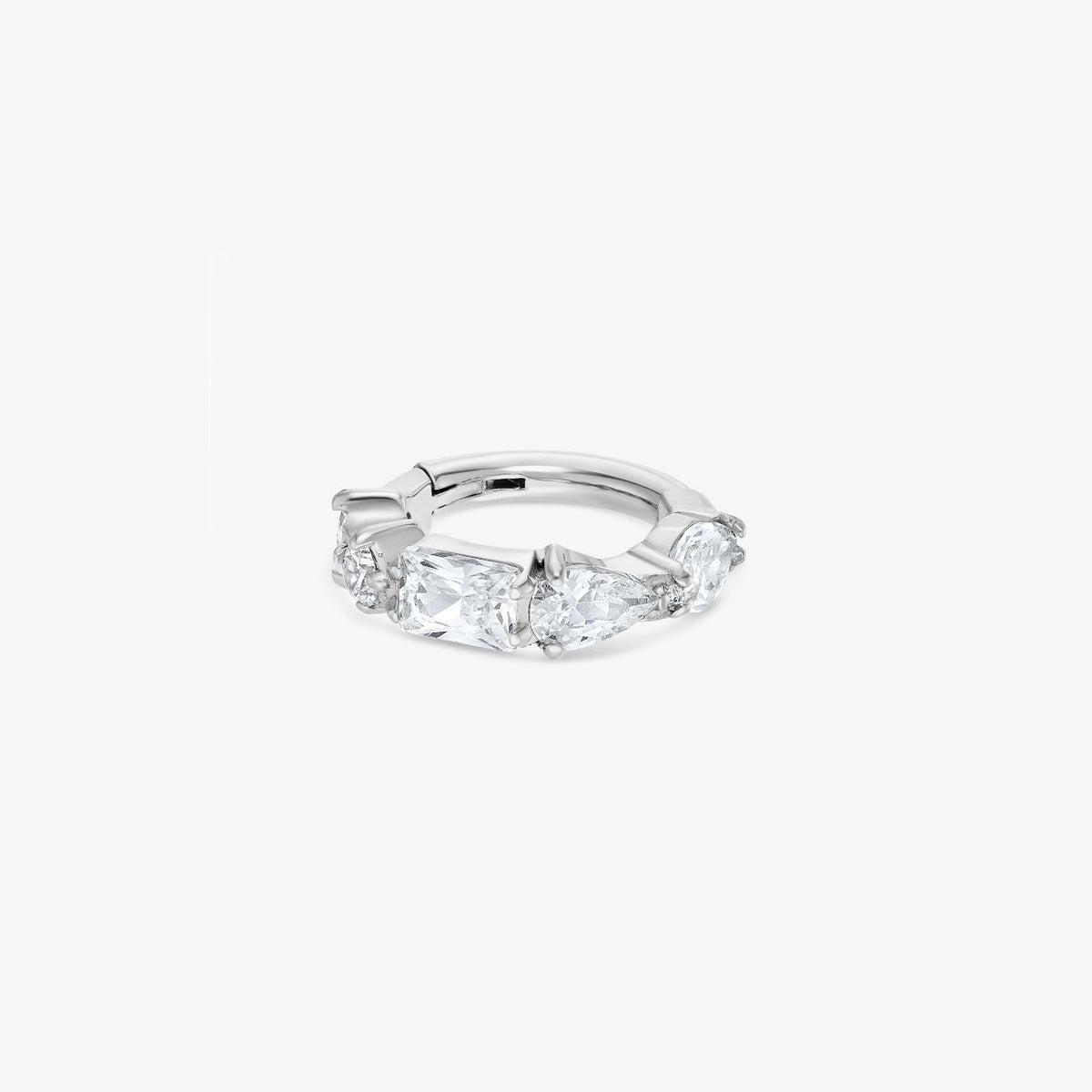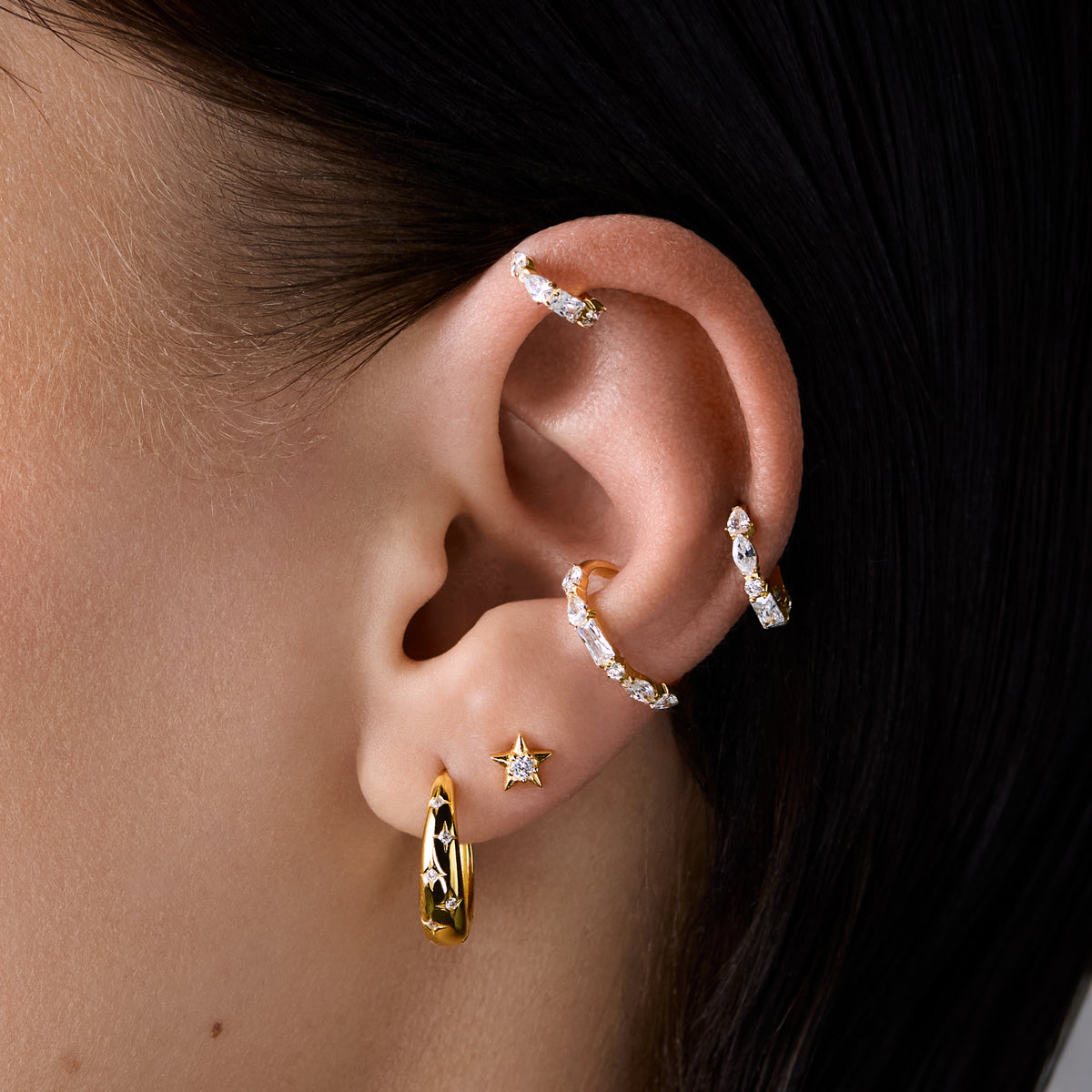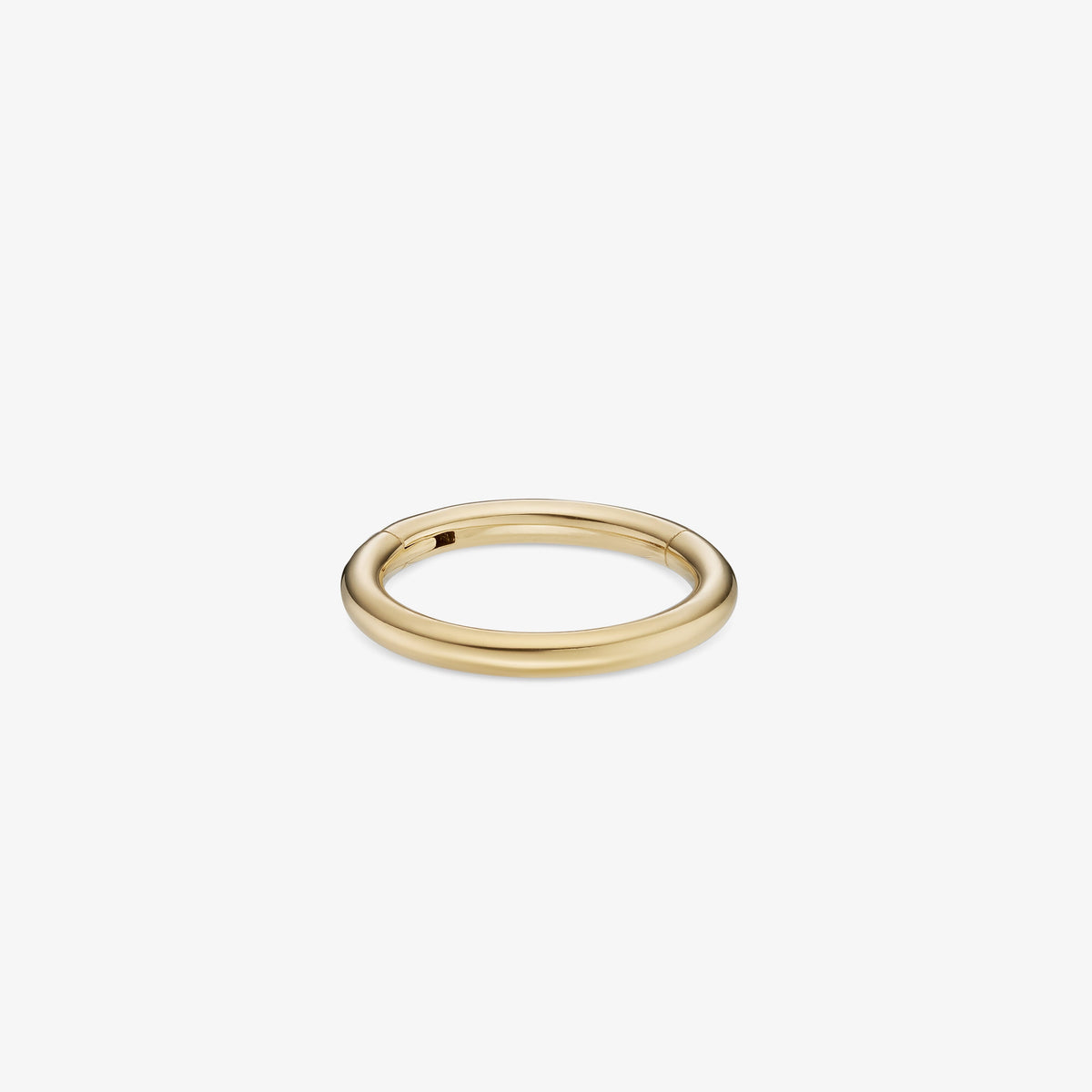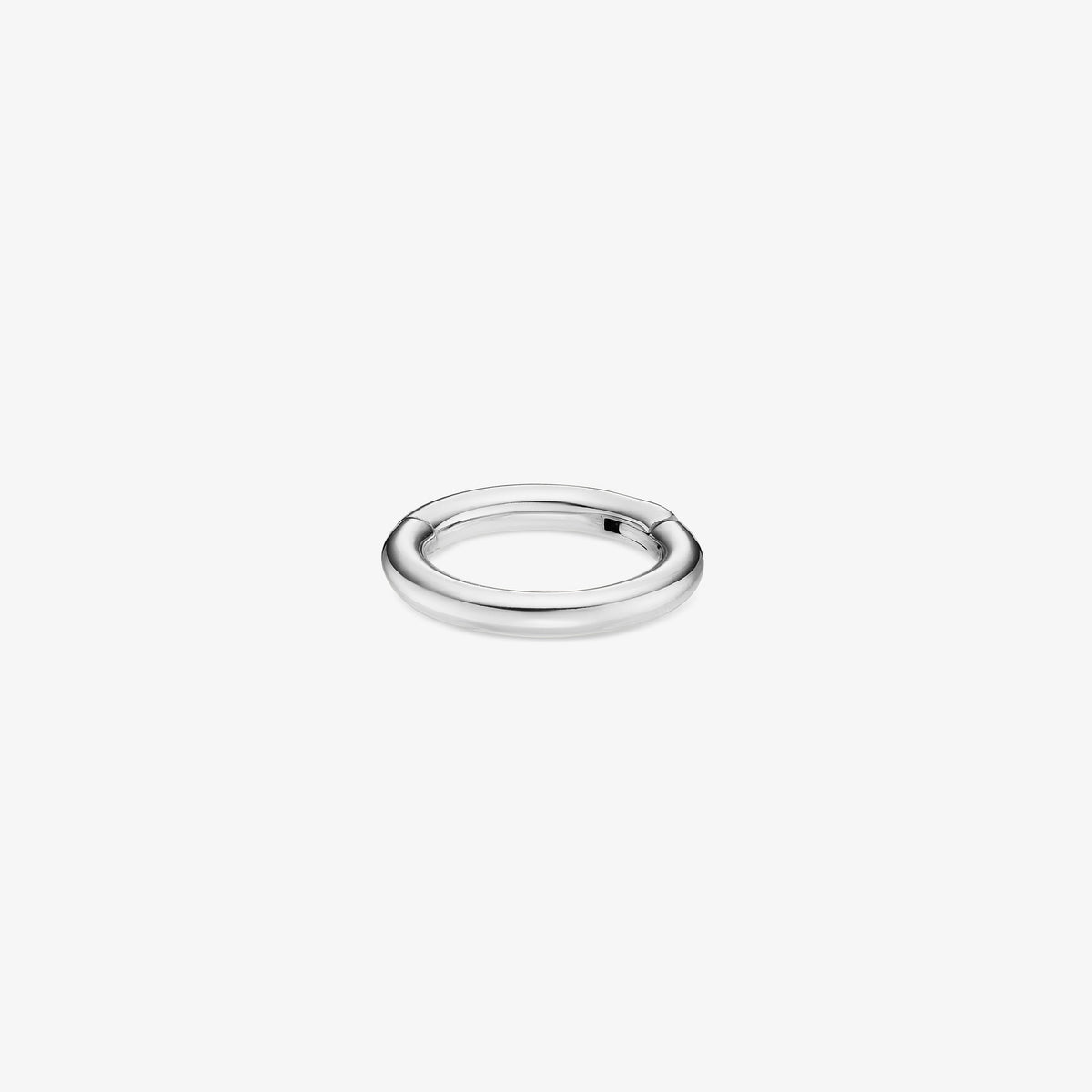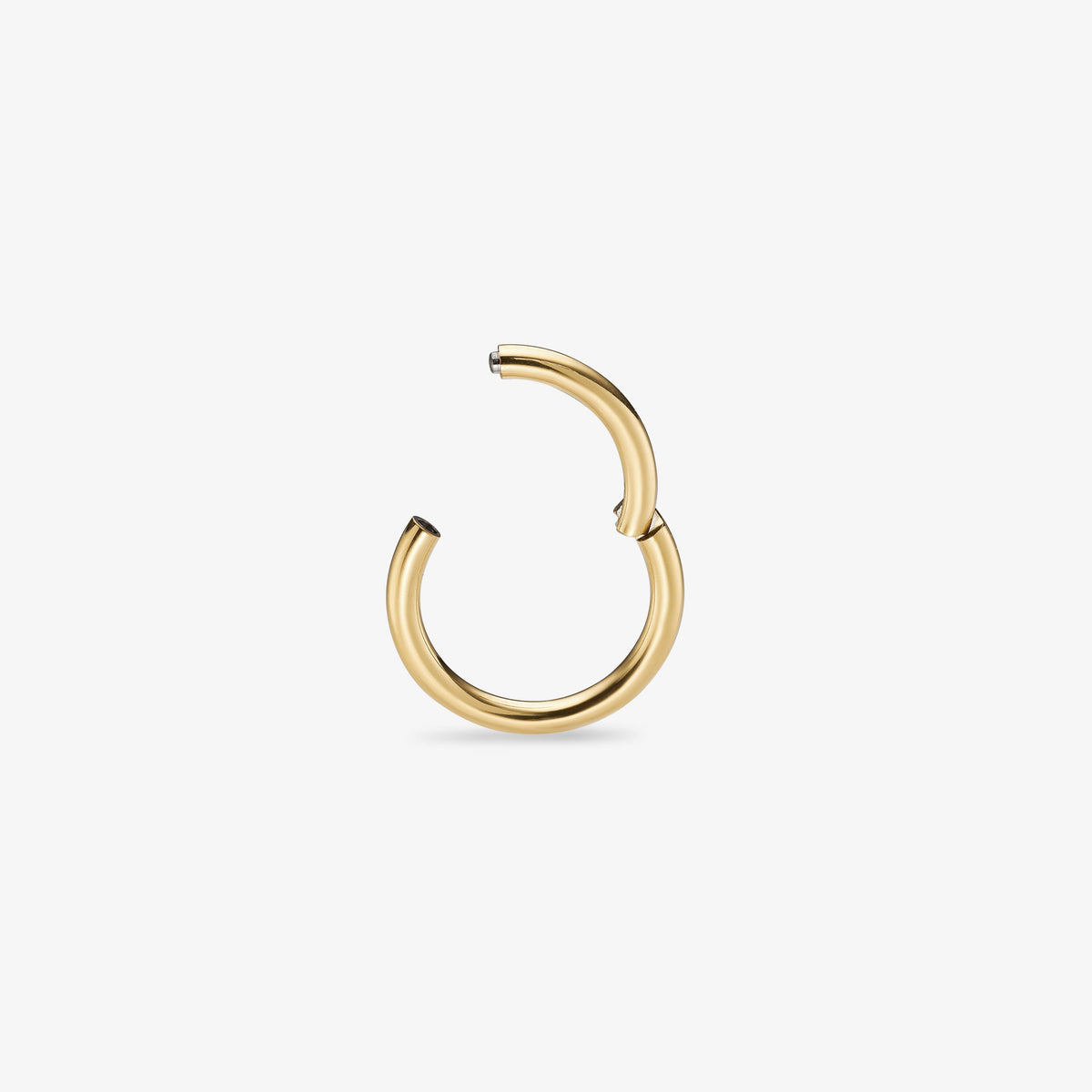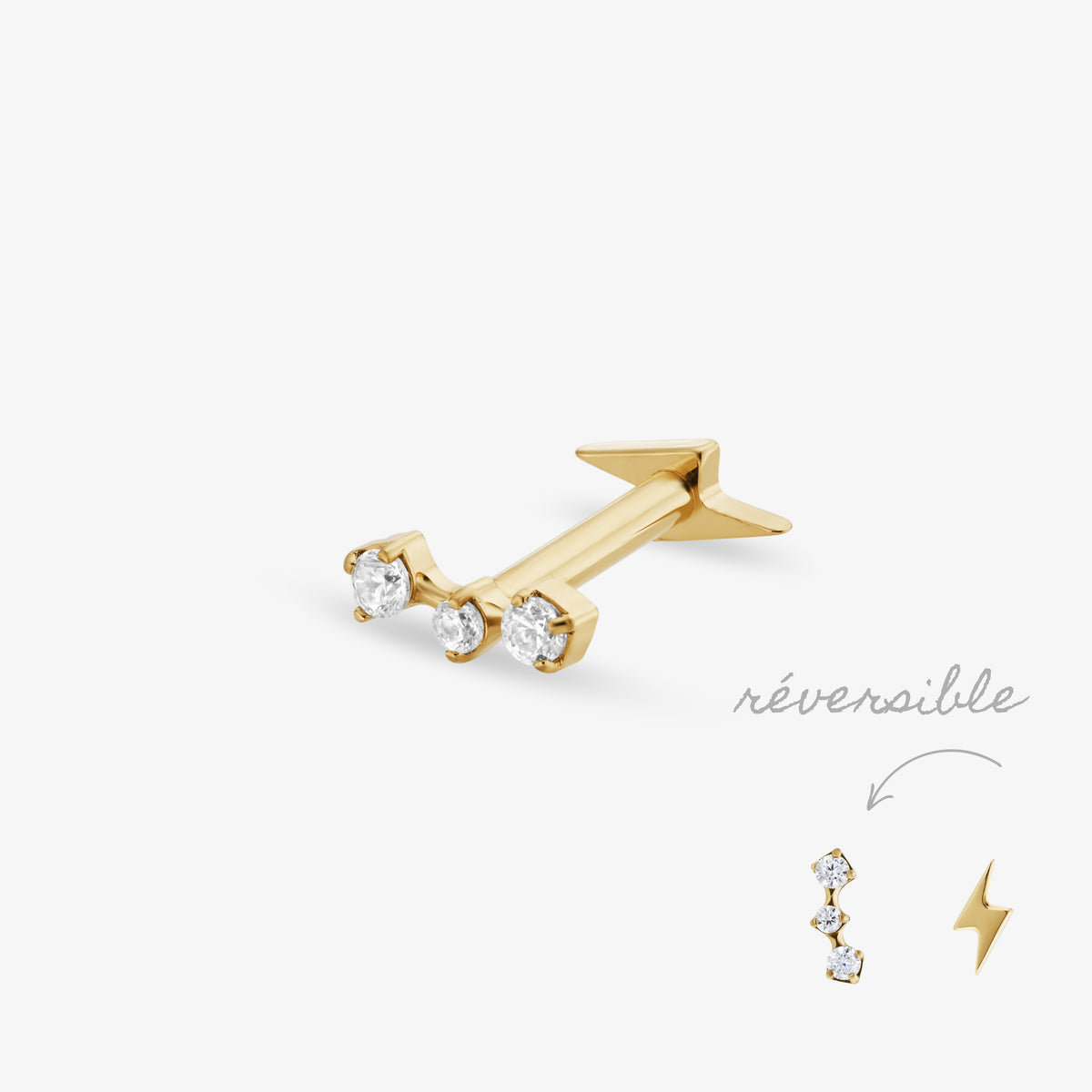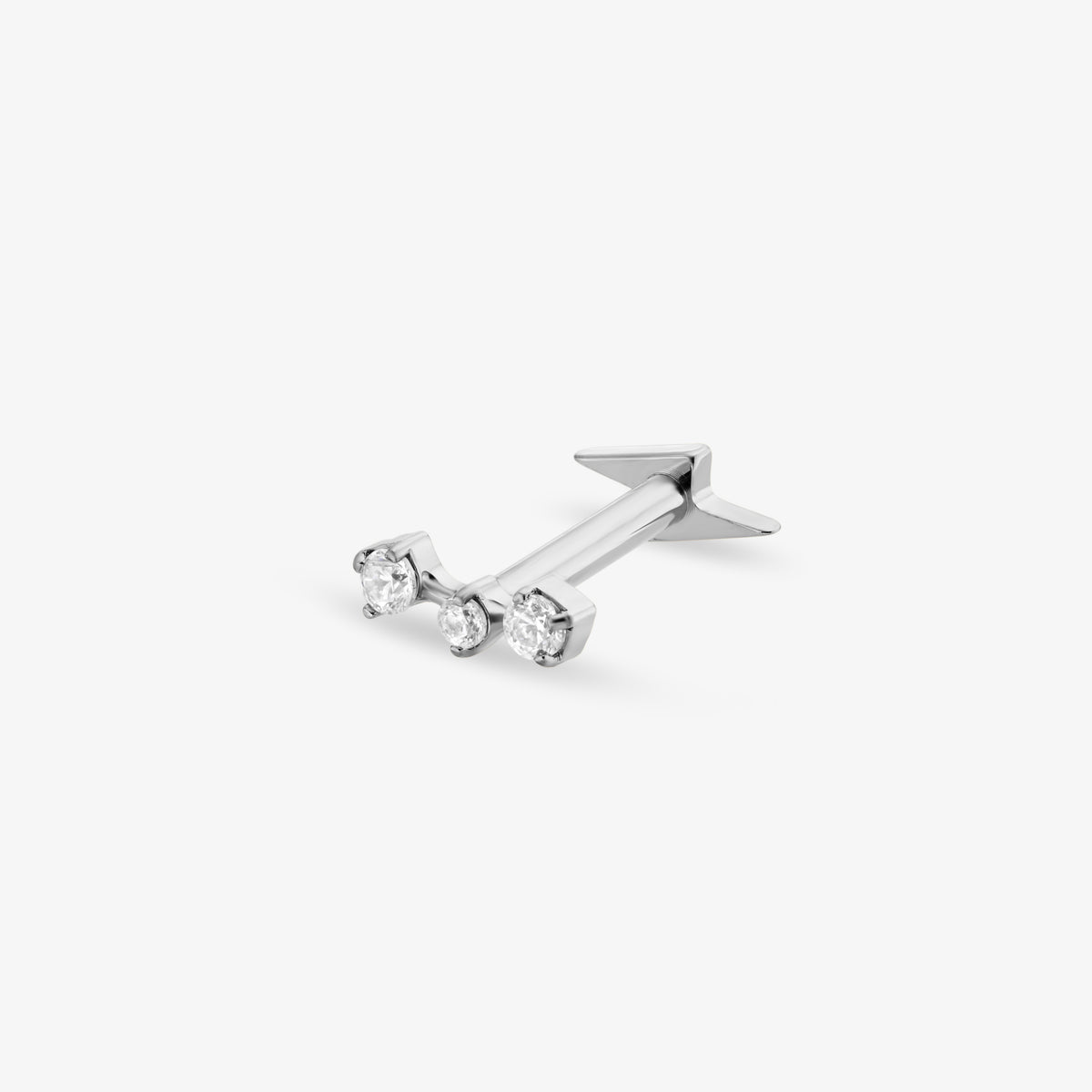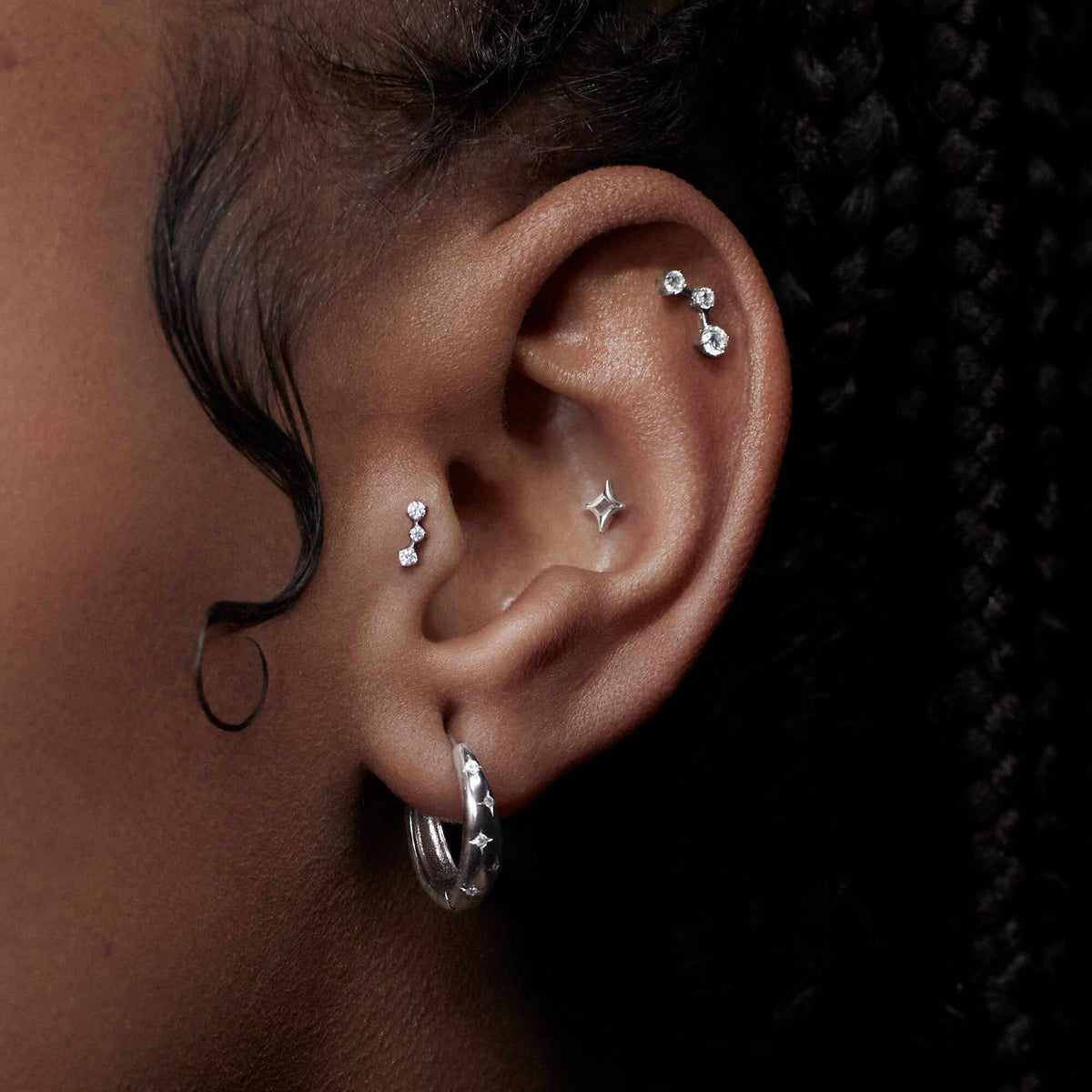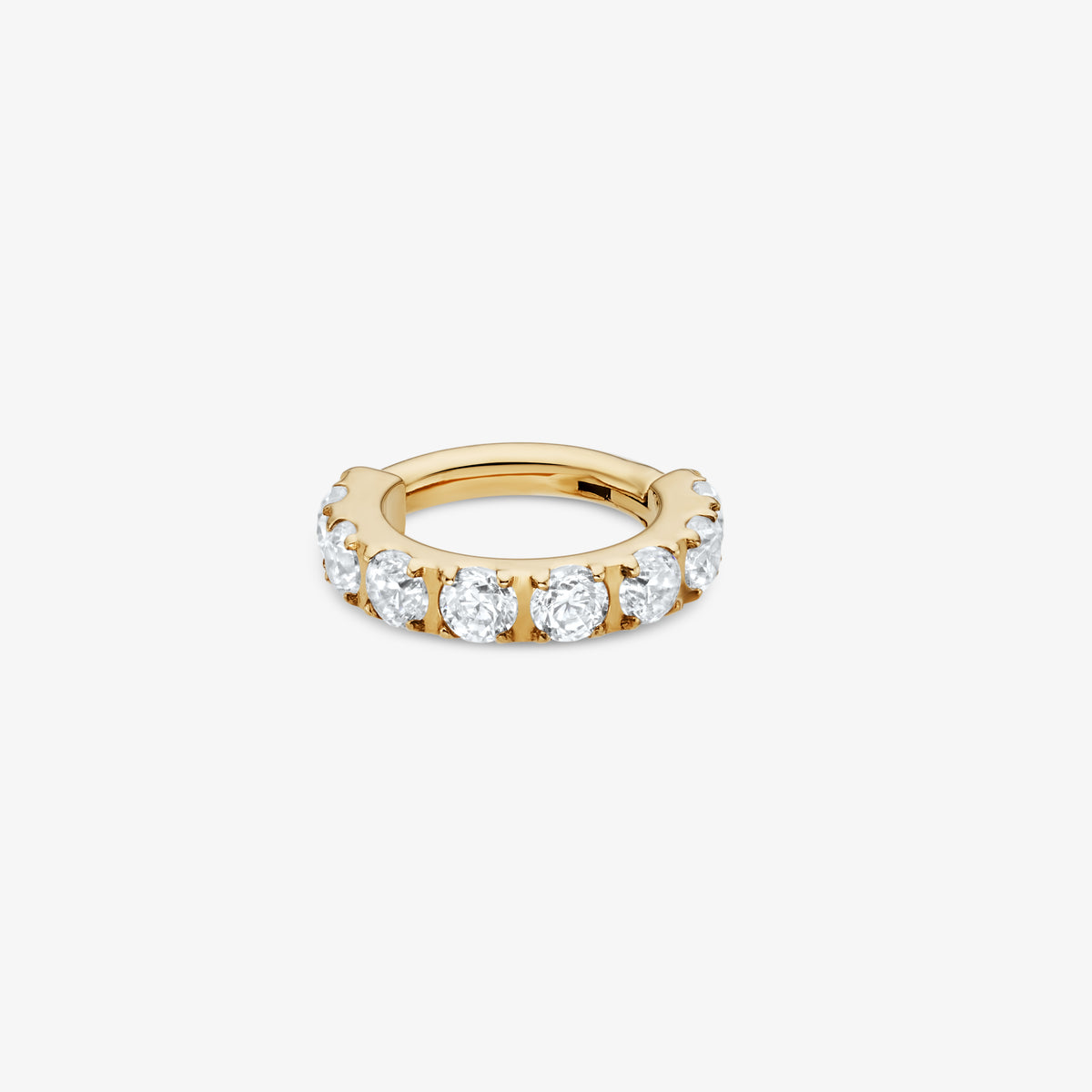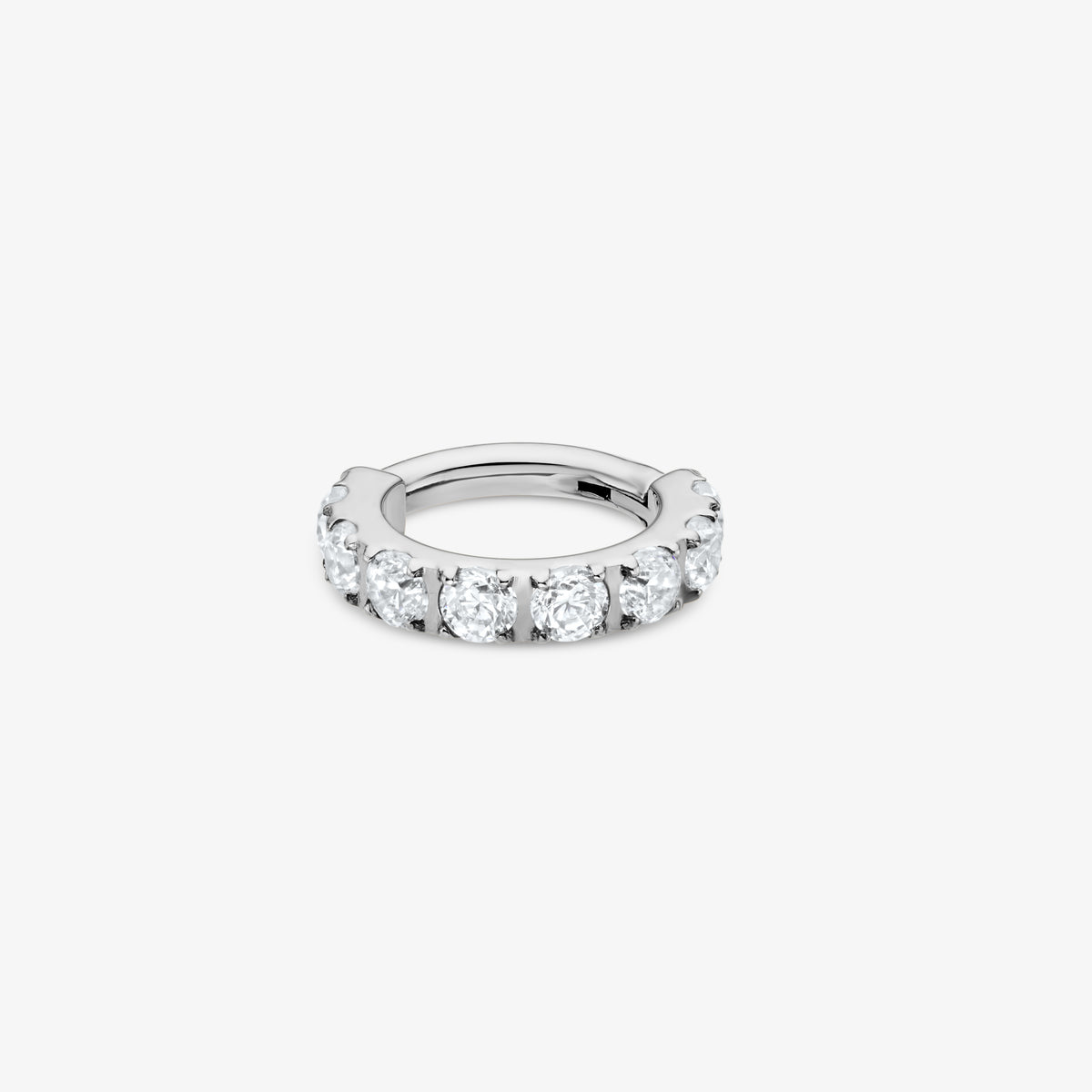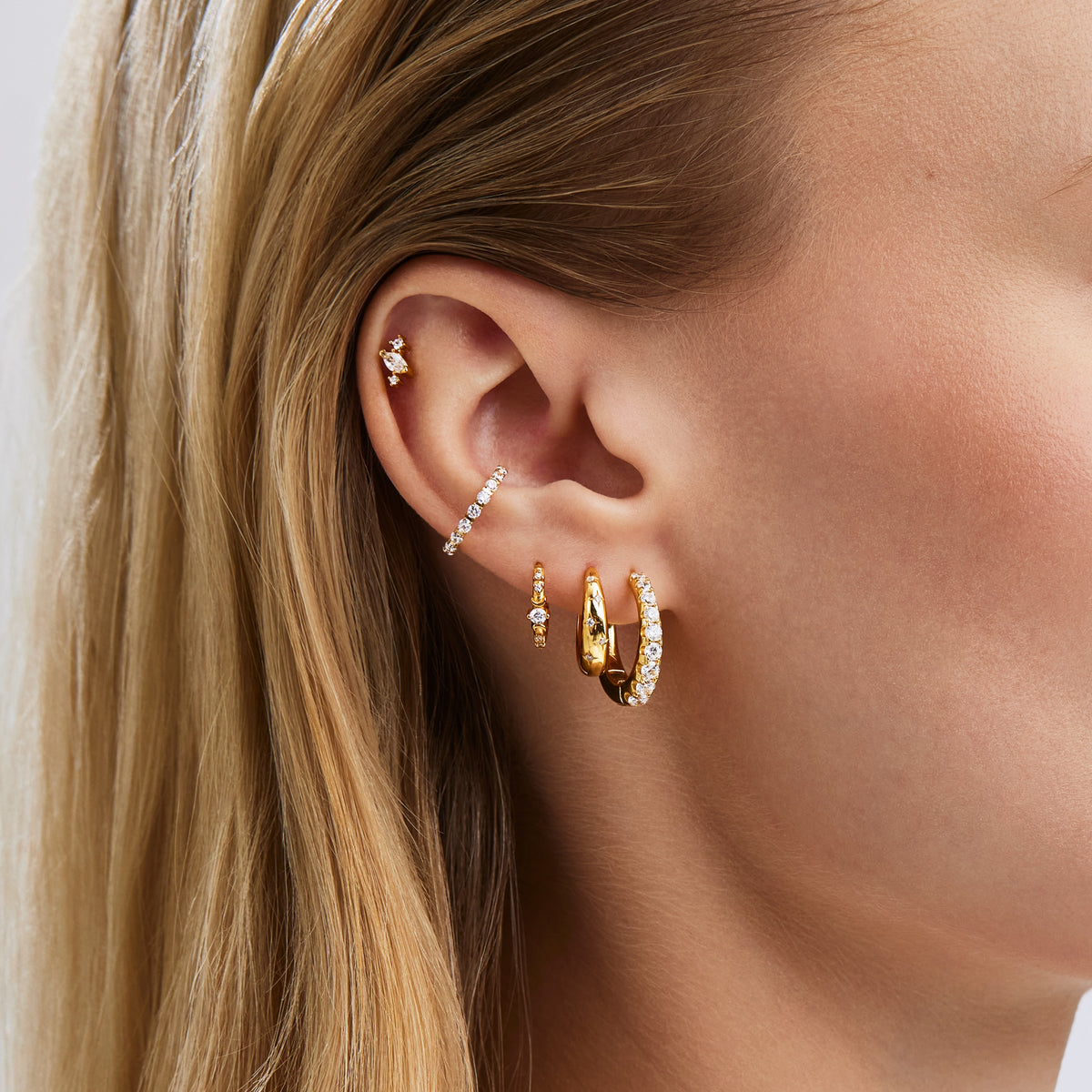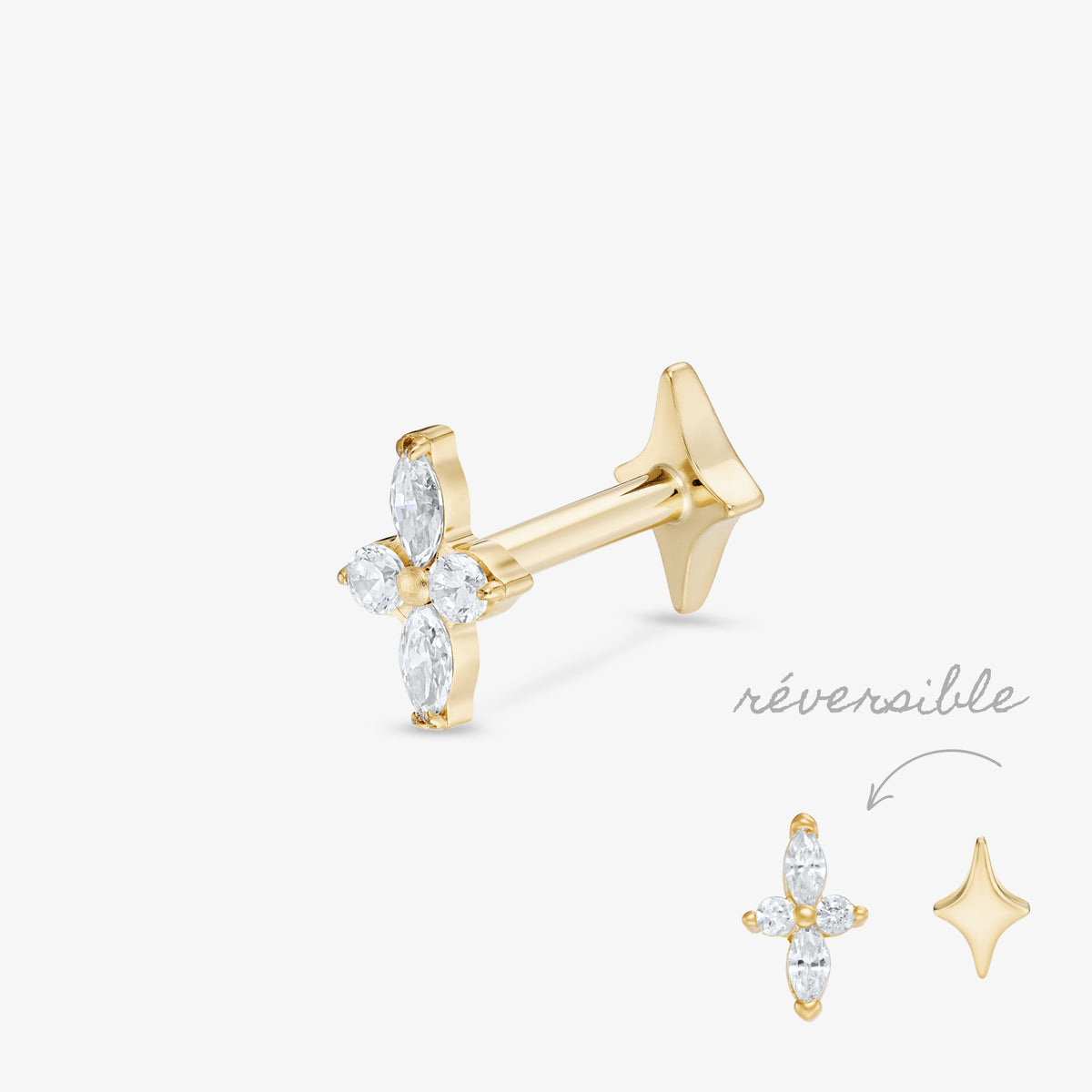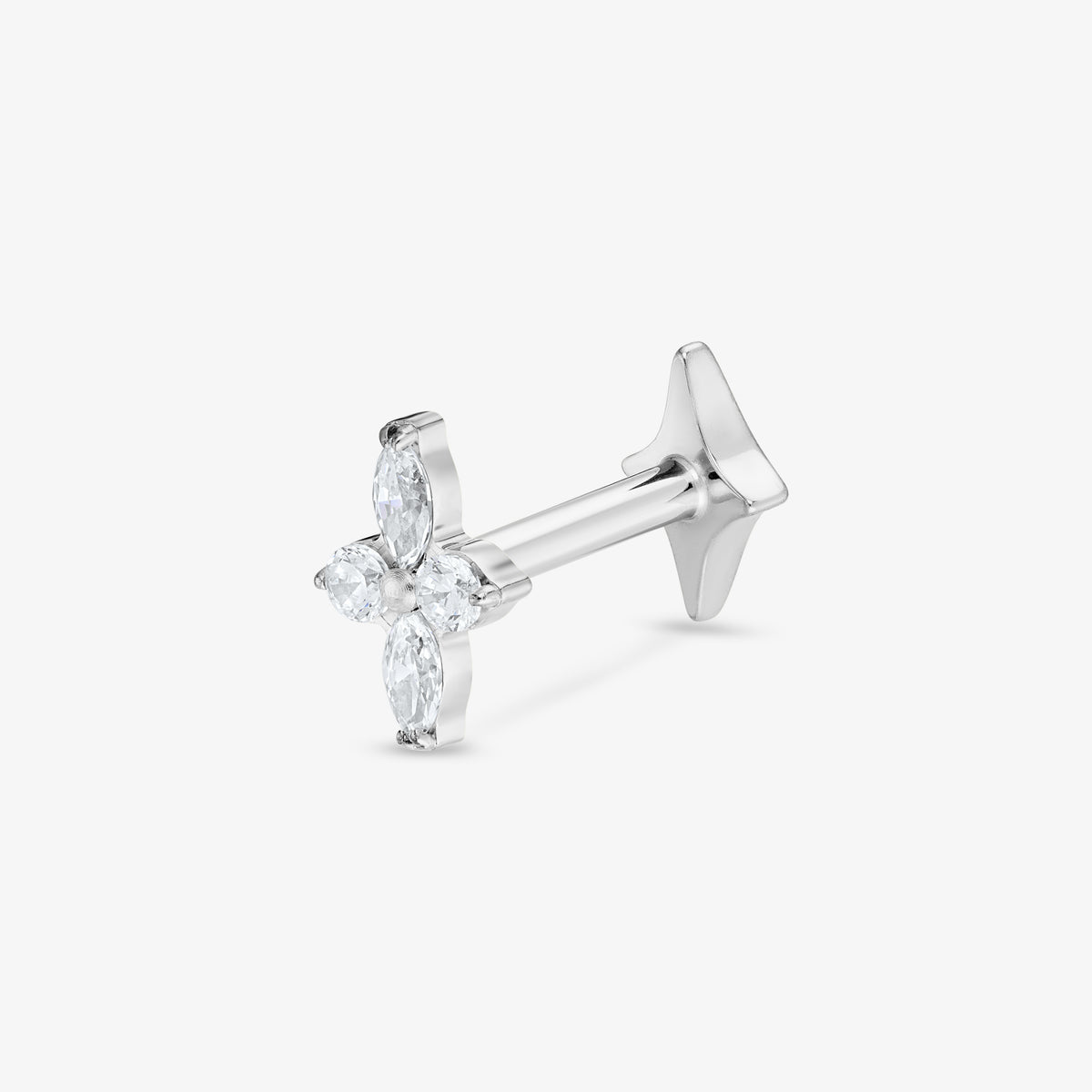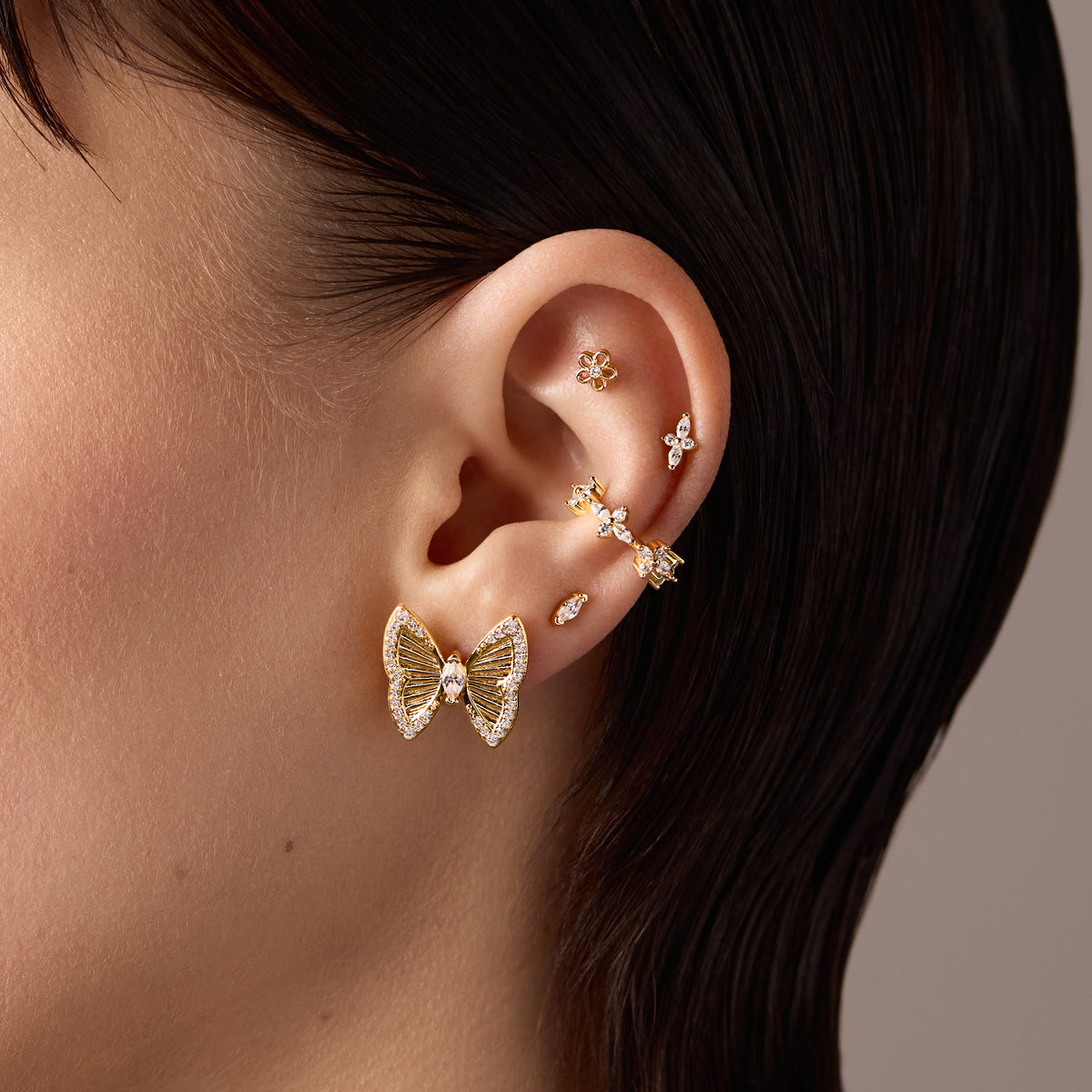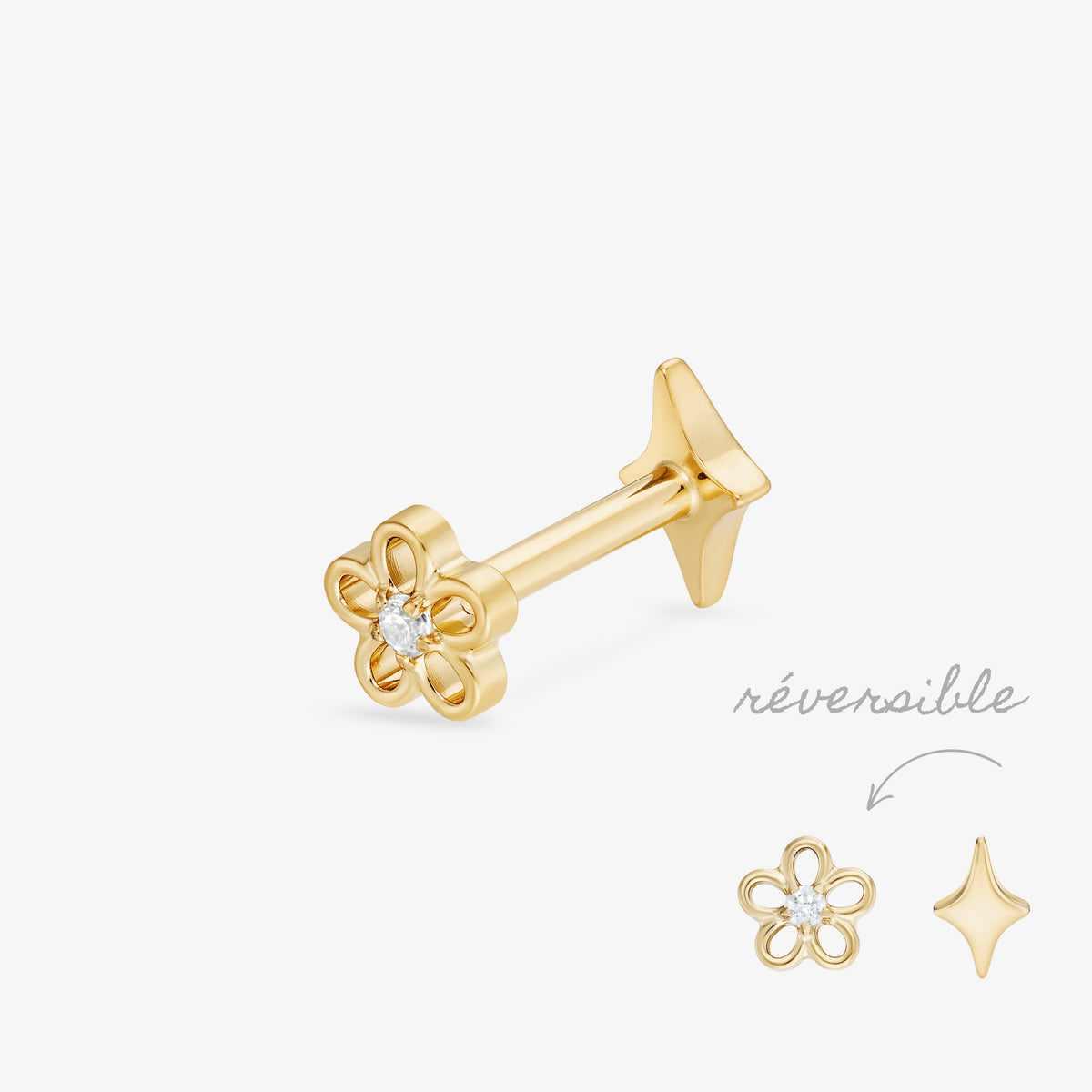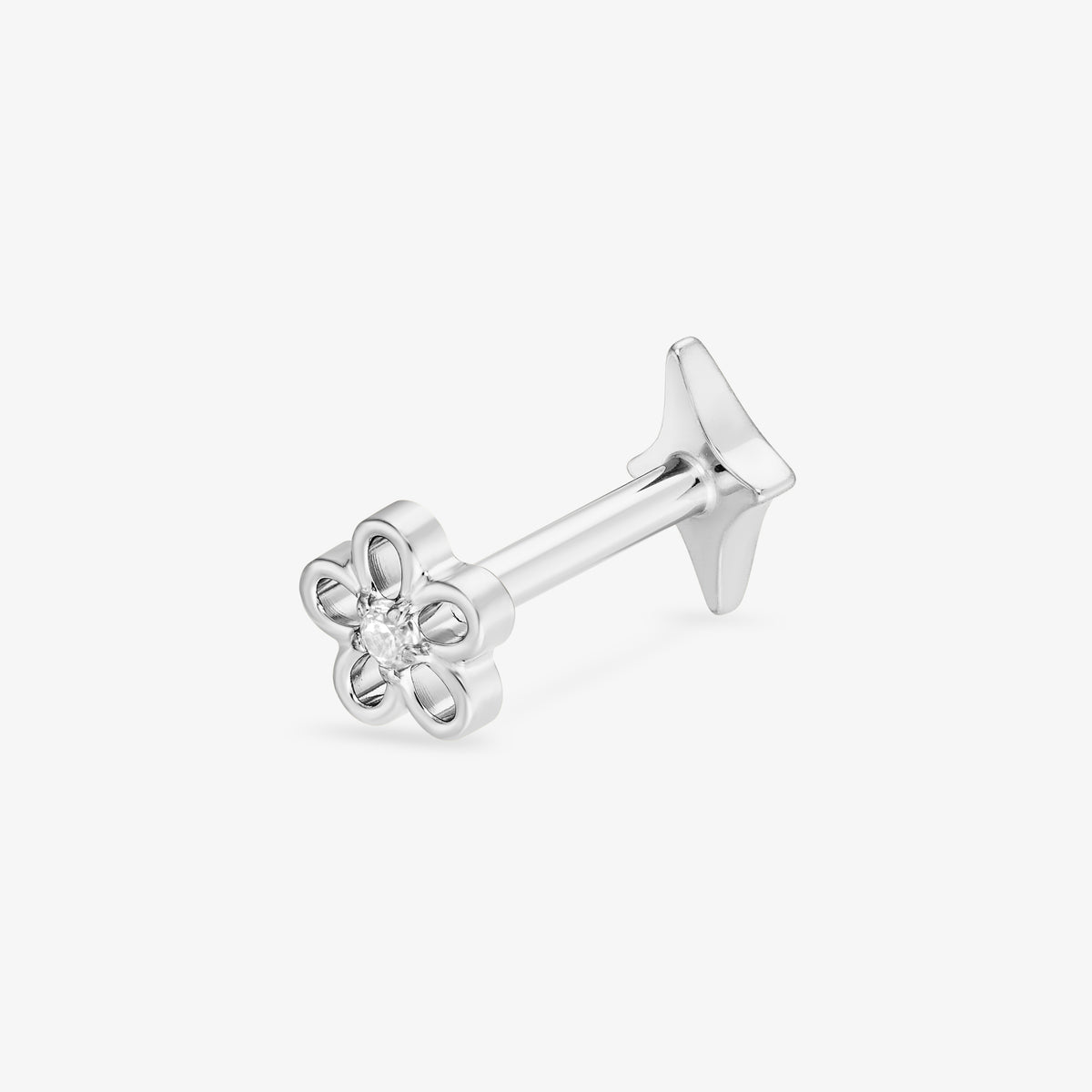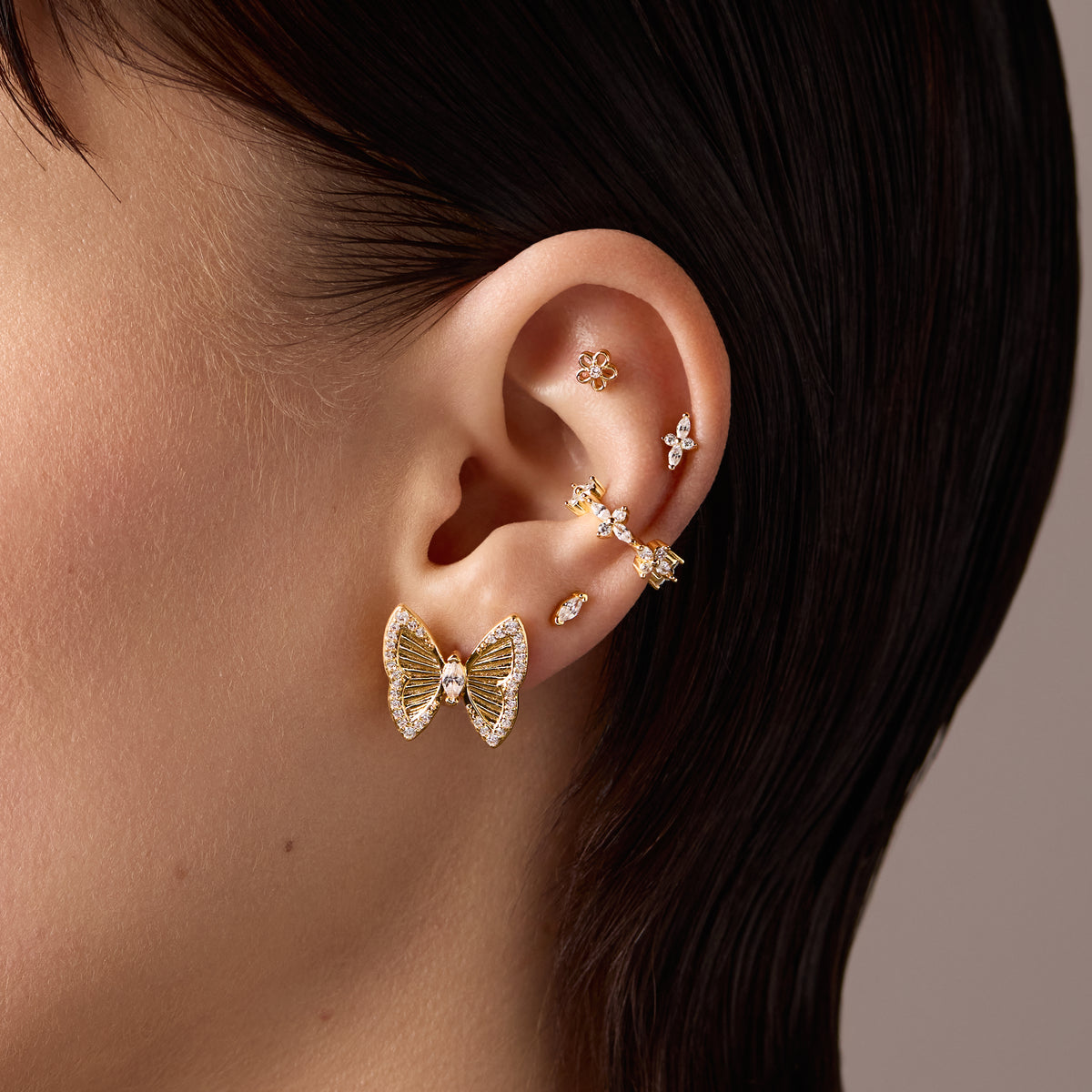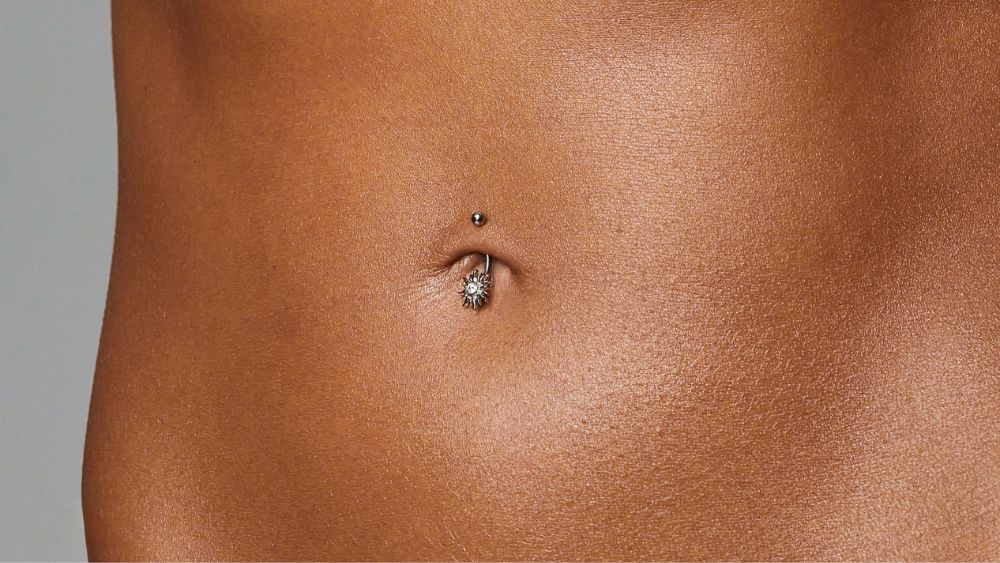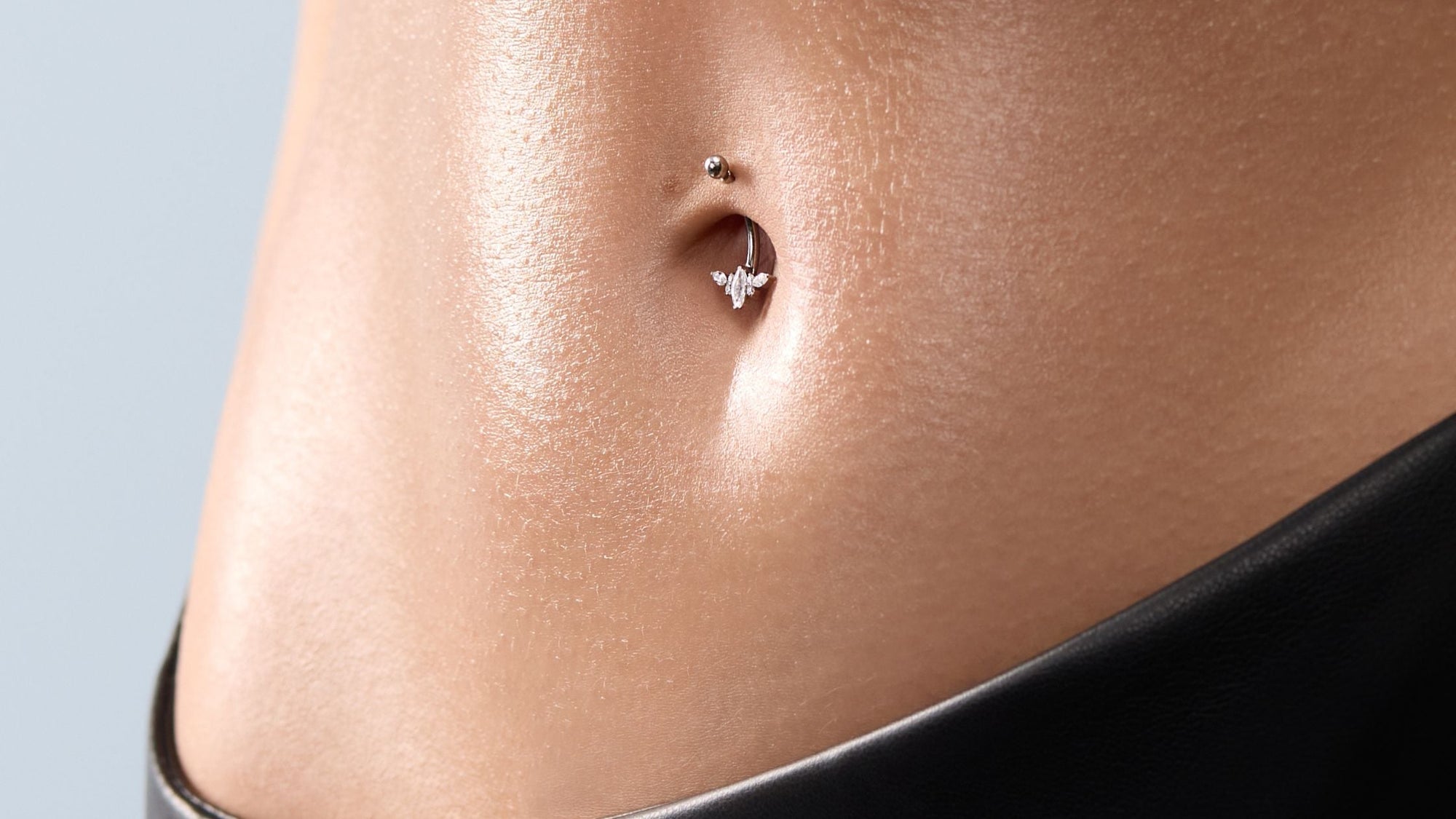For decades, titanium has been considered a reference material for medical implants and piercing jewelry, particularly for its biocompatibility. However, isolated cases of hypersensitivity or allergic reactions have raised questions about the potential risk of titanium allergy. This article reviews the issue based on available scientific data, recent studies, and the expertise of professionals in the fields of piercing and implantology.
Understanding Titanium Allergy
What is Titanium?
Titanium is a lightweight, durable, and corrosion-resistant metal used in titanium implants, medical devices, and body jewelry. Its biocompatibility makes it ideal for safely placing piercings even in sensitive individuals. It is particularly favored for its lack of nickel, a common allergen.
In piercing, ASTM F136 titanium is preferred, an alloy certified for medical use, particularly in surgery or dentistry. This material is used in dental, orthopedic, or auditory implants.
Causes and Mechanisms of Allergy
While the majority of the population tolerates titanium perfectly well (depending on individual material sensitivity), some patients may exhibit delayed hypersensitivity reactions triggered by the activation of T lymphocytes. However, the allergenic potential of pure titanium remains extremely low according to medical literature.
The mentioned causes are often:
the presence of titanium dioxide or impurities in low-quality products,
corrosion phenomena under certain extreme conditions,
or individual factors in certain subjects with an immune predisposition.
Symptoms of titanium allergy
The symptoms observed in case of an allergic reaction to titanium are similar to those seen with other metals:
persistent redness,
chronic inflammation,
itching,
oozing,
pain or spontaneous rejection of the jewelry.
These reactions can occur quickly or several days after exposure to the jewelry, making diagnosis sometimes difficult.
Identification and diagnosis
Specific allergy tests
There is no standardized patch test for titanium, unlike nickel. However, some practitioners use epicutaneous tests or clinical examinations in case of suspicion. The results are sometimes controversial, and implant failures attributed to allergic reactions are not always confirmed by formal tests.
Appropriate management involves a complete analysis of the context: quality of the jewelry, type of exposure, medical history of the patient.
Roles of piercing professionals
In the field of piercing, trained professionals can identify potential cases of hypersensitivity. Their role includes:
verifying the type of material used,
analyzing inflammatory phenomena,
referring to a competent healthcare professional.
They actively participate in preventing allergic reactions by ensuring optimal traceability of products and good hygiene during placement. The risk of titanium allergy is extremely low. Scientific studies and clinical feedback estimate that hypersensitivity to titanium affects less than 0.6% of the population, and some reports even mention a rate lower than 0.1%. This figure varies slightly according to sources, as there is still no standardized test recognized 100% for detecting a titanium allergy.
Management of titanium allergy
Eviction strategies
For some intolerant patients, the first step is to immediately remove the suspected jewelry and avoid any product containing titanium. A clinical evaluation can then be performed to confirm the allergy.
In the case of dental or surgical implants, replacement may require a procedure. In piercing, it simply involves opting for another biocompatible material.
The alternative of piercings titanium
It is essential to distinguish certified ASTM F136 titanium from cheap alloys containing titanium dioxide or other unstable elements. A quality piece of jewelry, used according to best practices, remains the best option for most people.
At Nébuleuse, we exclusively use ASTM-F136 titanium to ensure optimal safety from the moment the piercing is placed.
Advice for patients
- Choose certified piercers and jewelry from recognized suppliers.
Ask for information about the material, dimensions, and standards of the jewelry.
In case of a reaction, consult a professional quickly and avoid removing the jewelry yourself.
Keep a record of your previous reactions to improve your care.
The link between titanium corrosion and allergy
Current studies and research
The corrosion of titanium is a very rare phenomenon, but it can occur in acidic environments or under constant mechanical friction (notably in implantology). It obviously depends on the use and purpose of the piercing! If you notice any strange effects or other signs, do not hesitate to remove the product; do not wait for a more serious reason!
Scientific studies have explored the occurrence of localized inflammatory reactions related to this corrosion, particularly in cases of implant failure. The literature also mentions the role of titanium dioxide in certain intolerance reactions, although clinical evidence remains limited.
These data encourage practitioners to:
strengthen the monitoring of titanium implants,
choose high-quality materials,
better inform patients about potential risks.


